Common Kitchen Staples That Trigger Acid Reflux Unexpectedly
Think acid reflux is only triggered by greasy pizza or late-night tacos? Not quite. Some of the worst offenders are hiding in your own kitchen—disguised as healthy snacks, go-to condiments, or even wellness staples. That squeeze of lemon, that dash of cinnamon, that seemingly harmless cup of herbal tea? They might be silently fueling your discomfort. While familiar culprits like tomatoes and coffee get all the blame, the real danger lies in the foods you don’t suspect—the ones you reach for every day without thinking twice. That’s why we’ve expanded our guide for a clearer look at the ingredients quietly stirring up heartburn, bloating, or that all-too-familiar burn in your chest. Whether you’re managing GERD or just trying to eat more mindfully, this list can help you pinpoint hidden triggers and reclaim calm, comfortable digestion—starting right at home.
1. Citrus Fruits: A Tangy Surprise

Citrus fruits, renowned for their refreshing taste and health benefits, are a staple in many households. However, their high acidity levels can exacerbate acid reflux symptoms. Oranges, lemons, and grapefruits are particularly notorious for triggering heartburn. The acidic content can irritate the esophageal lining, leading to discomfort. While these fruits are rich in vitamin C and antioxidants, moderation is key for those prone to acid reflux. Exploring alternative sources of vitamin C, such as strawberries and bell peppers, can help maintain nutritional balance without triggering symptoms.
2. Tomatoes: The Juicy Offender
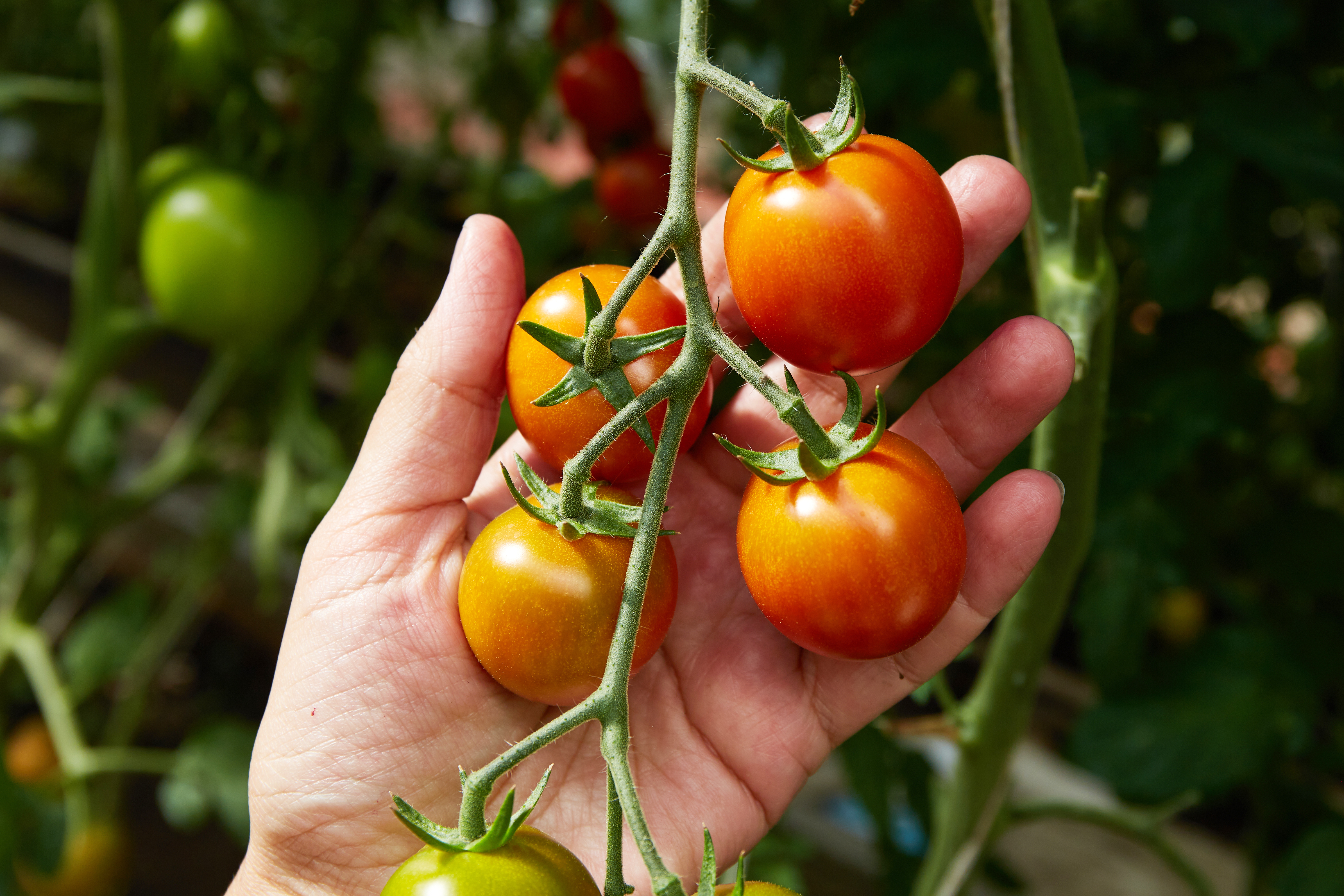
Tomatoes, a versatile ingredient found in sauces, salads, and sandwiches, are another unexpected contributor to acid reflux. Their natural acidity, coupled with their ability to relax the lower esophageal sphincter, can lead to increased stomach acid entering the esophagus. This can result in the familiar burning sensation associated with heartburn. For individuals who enjoy tomatoes, opting for less acidic varieties, such as yellow or heirloom tomatoes, and consuming them in moderation can help reduce the risk of reflux while still enjoying their flavor.
3. Garlic and Onions: The Flavorful Agitators

Garlic and onions, beloved for their ability to enhance the taste of countless dishes, are also known to provoke acid reflux in some individuals. These pungent ingredients can relax the lower esophageal sphincter, allowing stomach acid to flow back into the esophagus. Additionally, they can increase gastric acid production, further exacerbating symptoms. For those who find these ingredients problematic, using milder alternatives like shallots or green onions, and cooking them thoroughly, can help minimize their impact while still adding depth to meals.
4. Chocolate: The Sweet Deceiver

Chocolate, a beloved treat for many, can be a surprising trigger for acid reflux. Its high fat content, caffeine, and theobromine can relax the lower esophageal sphincter, allowing acid to escape the stomach. Dark chocolate, in particular, is more likely to cause symptoms due to its higher concentration of these compounds. For chocolate lovers, opting for lower-fat options or consuming it in small quantities may help manage reflux symptoms. Exploring alternatives like carob can also satisfy sweet cravings without the associated discomfort.
5. Peppermint: The Soothing Misconception

Peppermint, often used to soothe digestive issues, can paradoxically trigger acid reflux in some individuals. While it may relax the gastrointestinal tract, it can also relax the lower esophageal sphincter, leading to acid reflux. This is particularly true when peppermint is consumed in large quantities or in concentrated forms, such as peppermint oil. For those who enjoy minty flavors, choosing milder herbs like basil or parsley can provide a similar taste without the risk of triggering reflux symptoms.
6. Spicy Foods: The Fiery Instigators
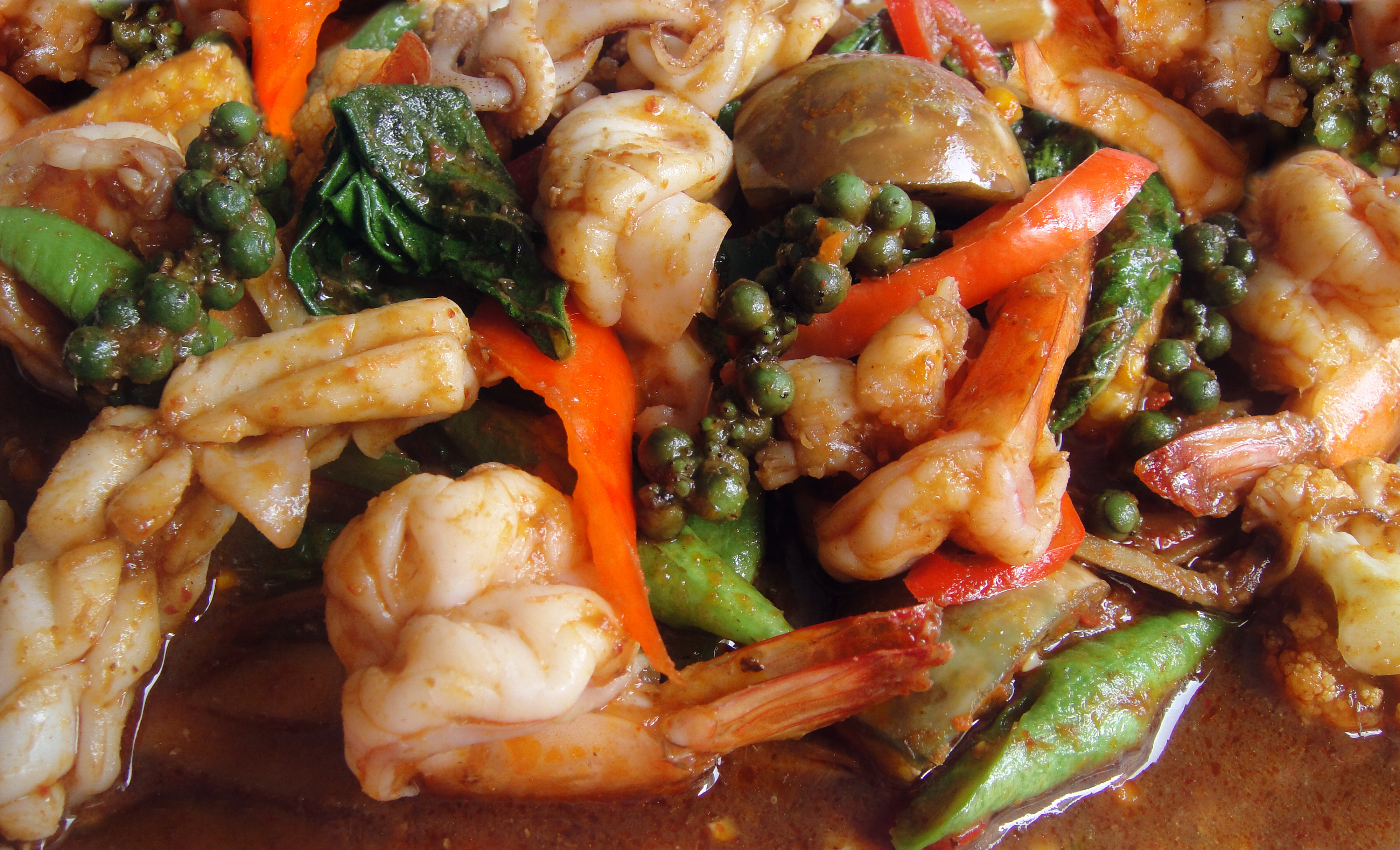
Spicy foods, while adding excitement to meals, are well-known triggers for acid reflux. Ingredients like chili peppers, hot sauce, and curry can irritate the esophageal lining and increase stomach acid production. The capsaicin in spicy foods can slow digestion, prolonging the presence of food in the stomach and increasing the likelihood of reflux. For those who relish spicy dishes, moderating spice levels and incorporating cooling ingredients like yogurt or cucumber can help balance flavors and reduce discomfort.
7. Carbonated Beverages: The Fizzy Culprits
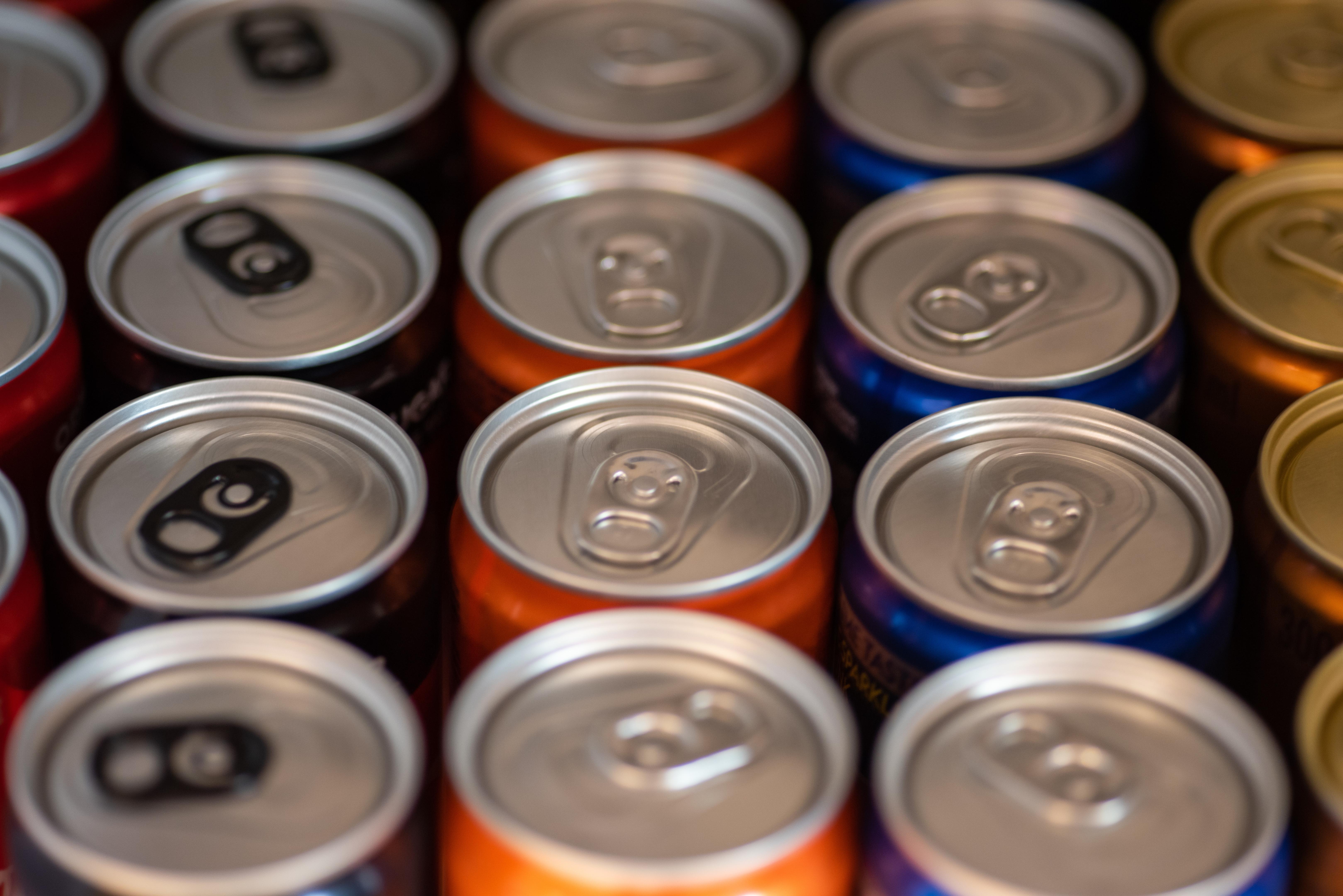
Carbonated beverages, including sodas and sparkling water, can contribute to acid reflux symptoms. The bubbles in these drinks can expand in the stomach, increasing pressure and promoting acid reflux. Additionally, many carbonated beverages are acidic, compounding the problem. For those who enjoy fizzy drinks, opting for non-carbonated alternatives or consuming them in moderation can help reduce the risk of reflux. Infusing water with fruits or herbs can provide a refreshing and reflux-friendly alternative.
8. Alcohol: The Social Saboteur

Alcohol consumption, particularly in excess, is a common trigger for acid reflux. Alcohol can relax the lower esophageal sphincter and increase stomach acid production, leading to symptoms. Additionally, certain alcoholic beverages, such as red wine and beer, are more likely to cause reflux due to their acidity and fermentation. For those who enjoy alcoholic beverages, moderating intake and choosing lower-acid options, such as white wine or spirits mixed with non-acidic mixers, can help manage symptoms.
9. High-Fat Foods: The Greasy Offenders
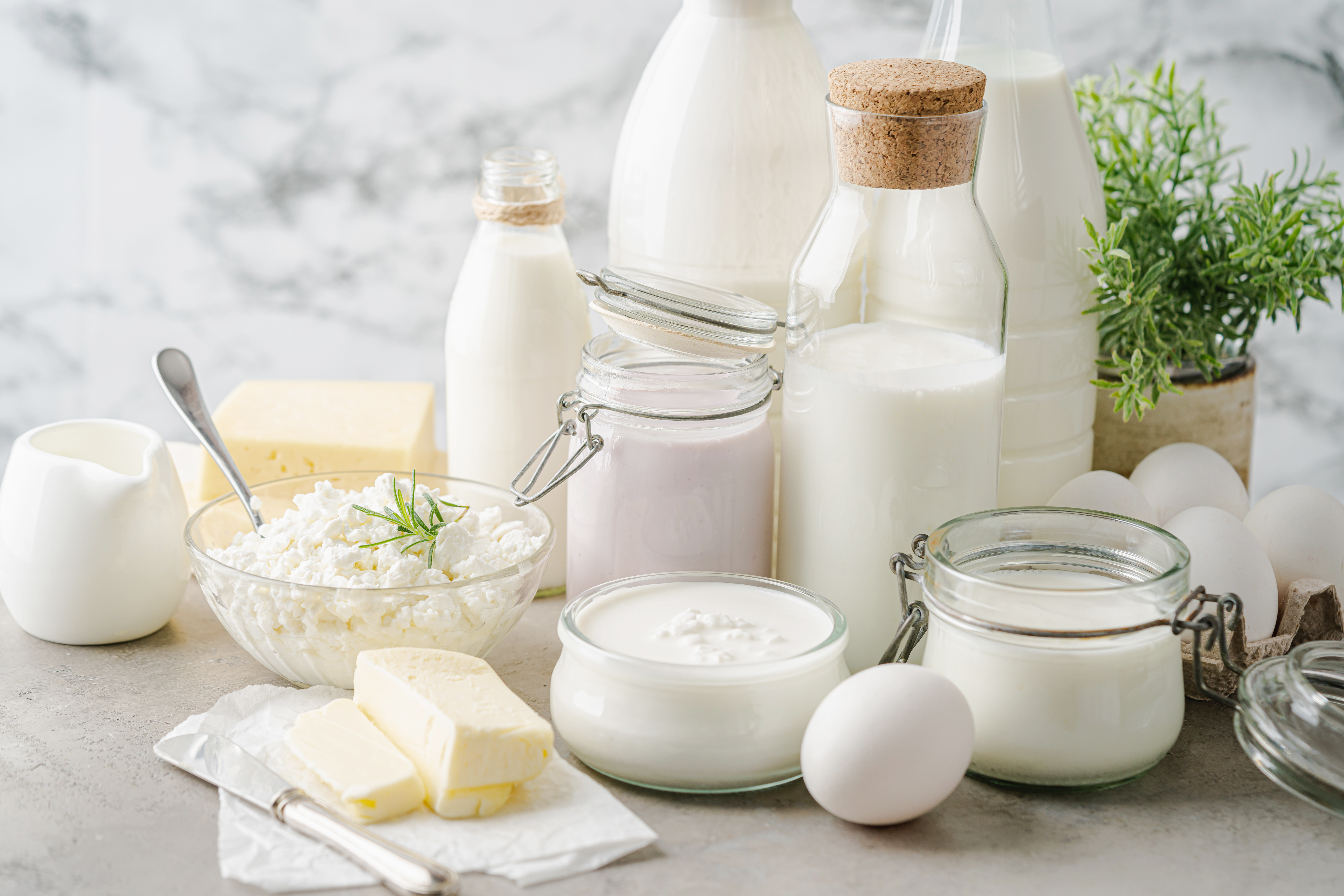
High-fat foods, including fried foods, fatty cuts of meat, and full-fat dairy products, can contribute to acid reflux by slowing digestion and increasing stomach pressure. This can lead to the relaxation of the lower esophageal sphincter and the backflow of acid into the esophagus. For individuals prone to reflux, opting for leaner protein sources, such as chicken or fish, and choosing low-fat dairy products can help reduce the risk of symptoms while maintaining a balanced diet.
10. Caffeinated Beverages: The Energizing Triggers

Caffeinated beverages, such as coffee, tea, and energy drinks, are common triggers for acid reflux. Caffeine can relax the lower esophageal sphincter and stimulate stomach acid production, leading to symptoms. For those who rely on caffeine for a morning boost, switching to decaffeinated options or herbal teas can help reduce the risk of reflux. Additionally, consuming caffeine in moderation and avoiding it on an empty stomach can help manage symptoms.
11. Vinegar-Based Dressings: The Tart Troublemakers
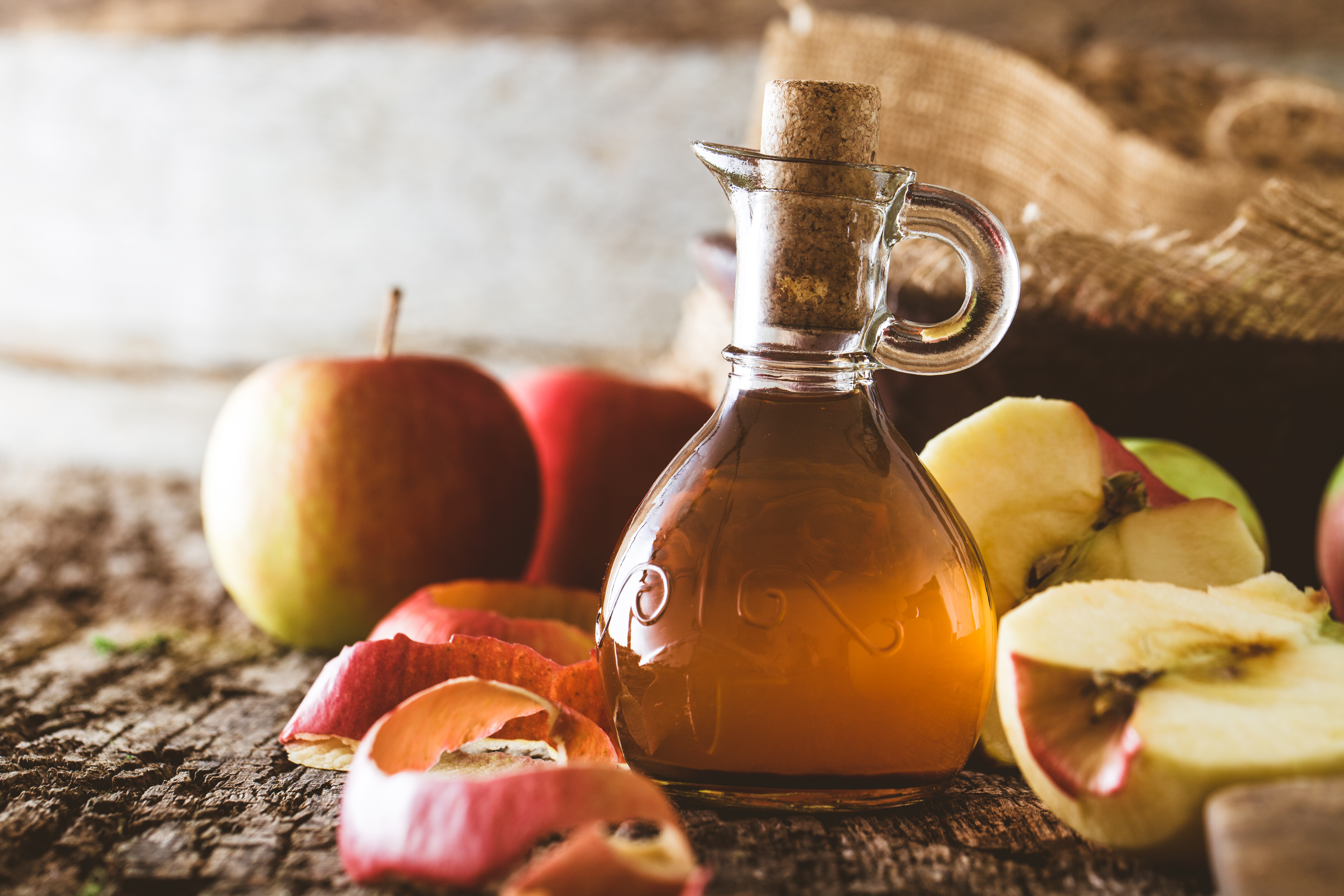
Vinegar-based dressings, while adding tanginess to salads and dishes, can exacerbate acid reflux symptoms due to their acidity. Ingredients like balsamic vinegar and apple cider vinegar can irritate the esophageal lining and increase stomach acid production. For those who enjoy vinaigrettes, opting for oil-based dressings or using vinegar sparingly can help reduce the risk of reflux. Experimenting with alternative dressings, such as yogurt or avocado-based options, can provide flavor without the associated discomfort.
12. Dairy Products: The Creamy Conundrum

Dairy products, particularly full-fat varieties, can be a surprising trigger for acid reflux. The high fat content in products like cheese, cream, and whole milk can relax the lower esophageal sphincter and increase stomach pressure. For individuals who experience reflux after consuming dairy, choosing low-fat or non-dairy alternatives, such as almond milk or soy-based products, can help manage symptoms while still enjoying creamy textures.
13. Nut Butters: The Sneaky Spread
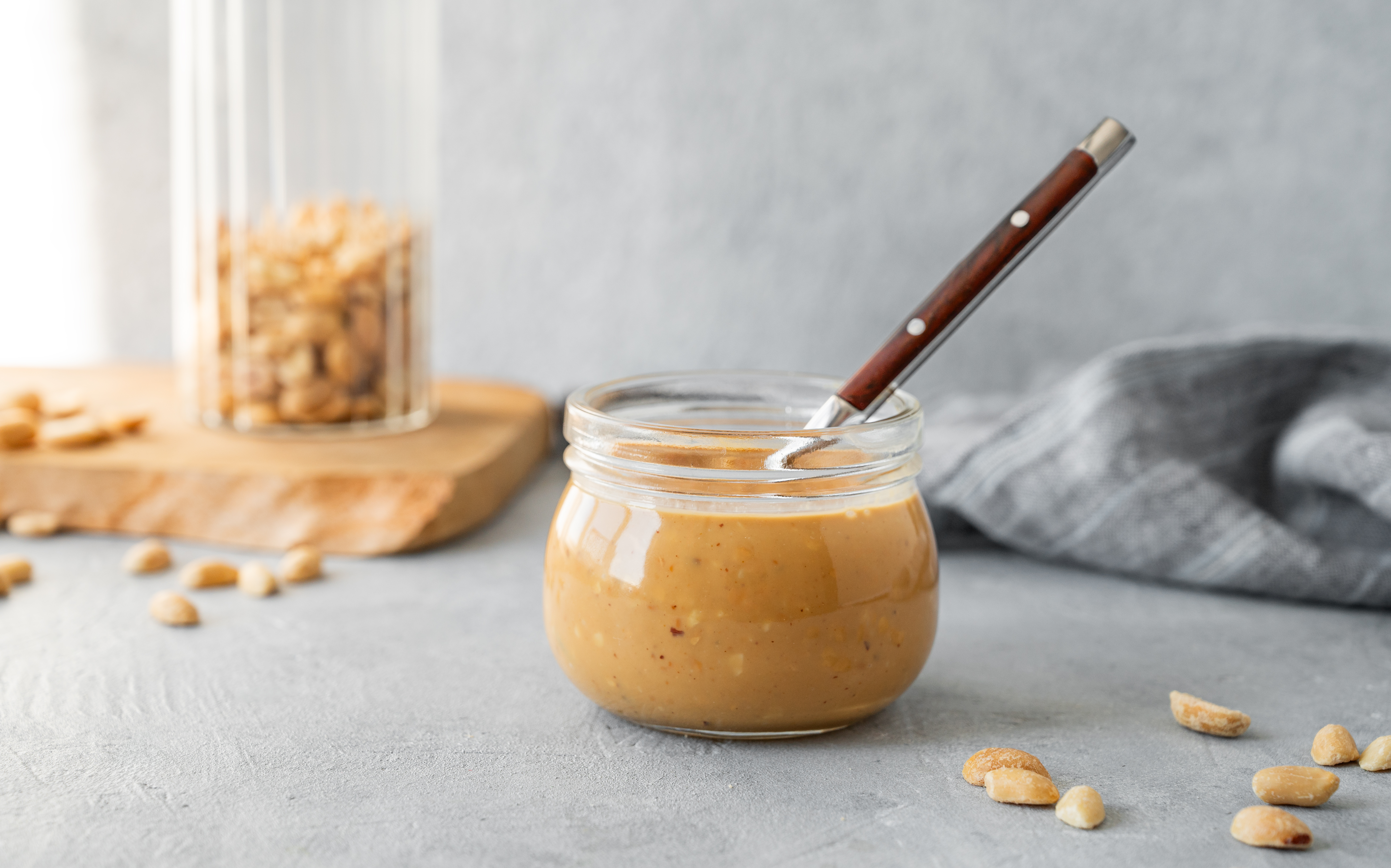
Nut butters like peanut and almond butter may seem like a healthy choice, but their dense fat content can slow digestion and trigger acid reflux in some people. They’re often consumed in large spoonfuls or thick spreads, which only adds to the digestive strain. Peanut butter, in particular, can be problematic for those sensitive to legumes or prone to sluggish digestion. If you’re noticing symptoms after your favorite toast topping, try switching to lower-fat alternatives like powdered peanut butter or even mashed banana for a gentler, reflux-friendly option.
14. Raw Onions: The Cold Offender
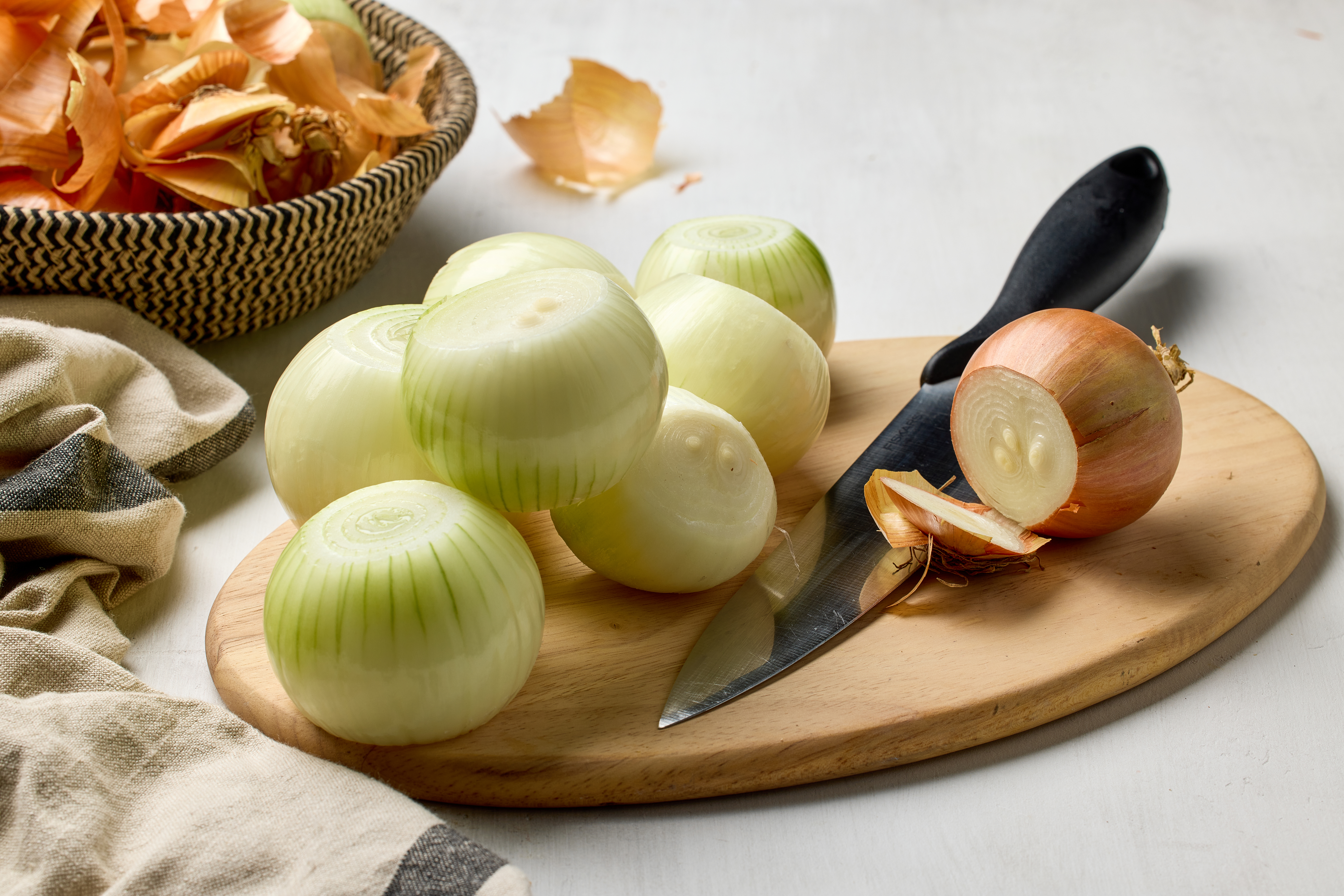
While cooked onions are already known irritants, raw onions pack an even stronger punch when it comes to triggering reflux. Raw onions contain fermentable fibers and sulfur compounds that can cause bloating and increased pressure in the stomach—prime conditions for acid to creep upward. They also tend to linger in the system, extending the window for discomfort. Try sautéing your onions or replacing them with less intense alternatives like chives or fennel if you still want that savory crunch without the acidic backlash.
15. Pickles: The Tangy Trap
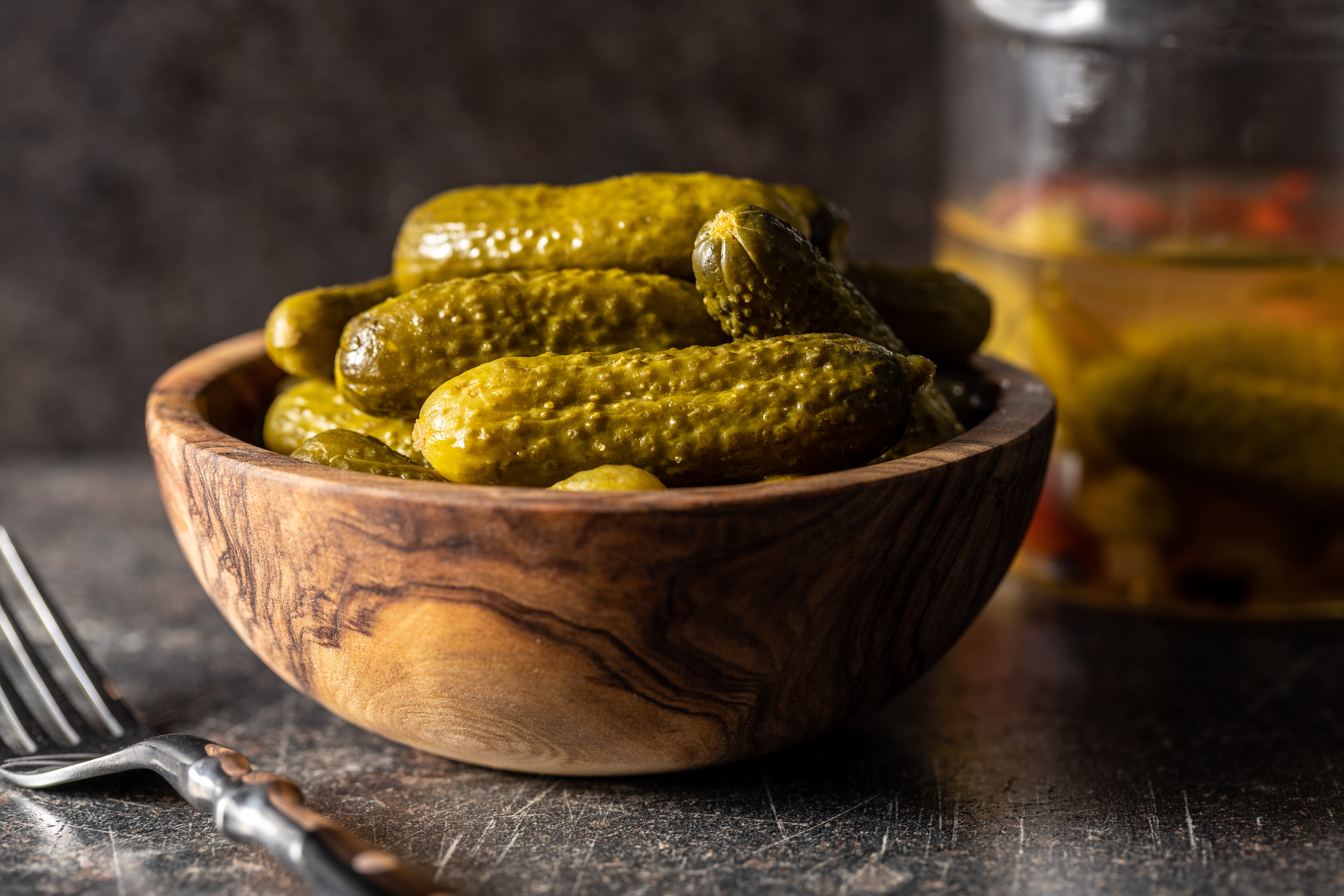
Pickles may seem harmless, but their combination of vinegar, salt, and fermentation makes them a triple threat for reflux sufferers. The high acidity can irritate the esophagus, while the sodium can promote water retention and bloating, which increases pressure on the stomach. Even small amounts can trigger symptoms, especially if eaten on an empty stomach. If you’re craving something crunchy and briny, try lightly pickled vegetables with reduced vinegar content—or snack on plain cucumbers to keep things calm and crisp.
16. Mustard: The Zesty Misstep

Mustard might seem like a minor condiment, but its ingredients—often vinegar, spices, and sometimes even citrus—can cause a major reaction in sensitive stomachs. Spicy mustards or Dijon varieties can stimulate acid production and irritate the lining of the esophagus, especially when paired with fatty meats or acidic foods. While it’s low in fat and calories, its bold flavor comes with a cost. Try swapping mustard with hummus, avocado spread, or even plain Greek yogurt for a smoother, reflux-safe sandwich layer.
17. Whole Garlic Cloves: The Overlooked Bombshell
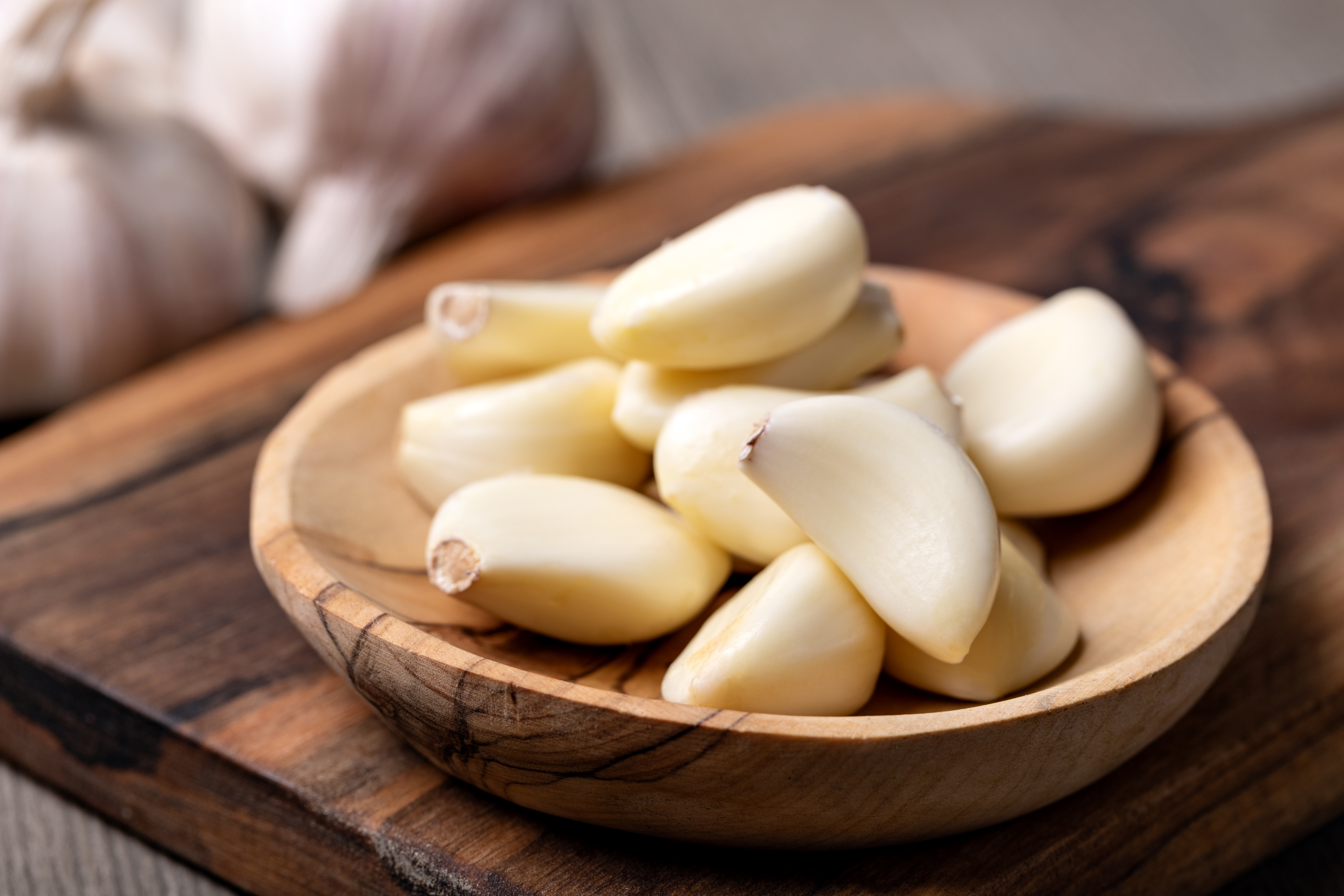
While chopped or minced garlic in cooked dishes is already a known trigger, whole roasted garlic cloves can be even more potent. Their concentrated oils and sulfur compounds stimulate acid production and can overwhelm a sensitive digestive tract. Roasting garlic may mellow the flavor, but not necessarily its reflux potential. For a safer flavor boost, consider using garlic-infused oil instead—it offers aromatic benefits without the fiber and compounds that cause issues. It’s a subtle shift that could make a big difference for your digestion.
18. Cinnamon: The Sneaky Spice in Your Oatmeal
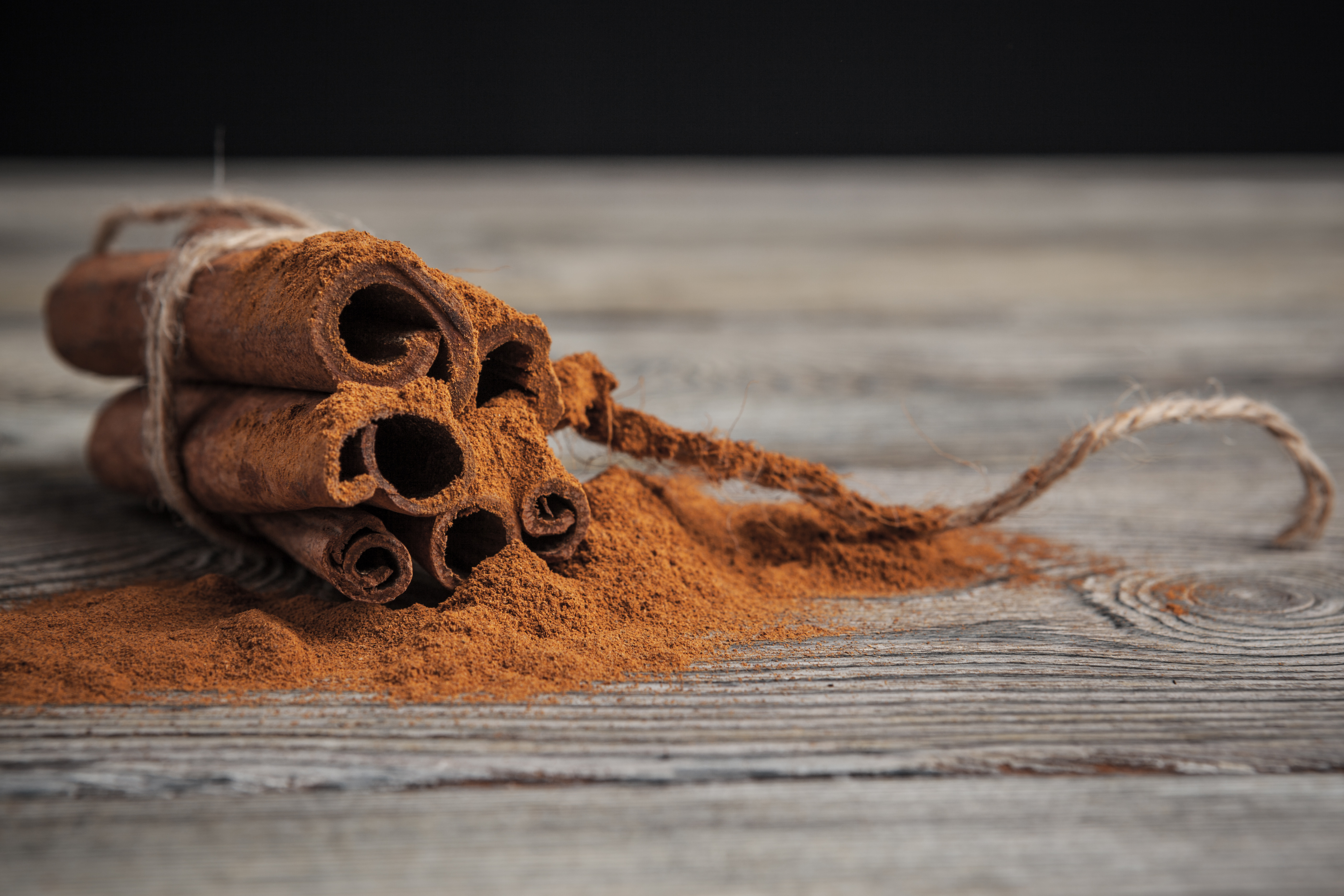
Cinnamon seems innocent—warm, fragrant, and often touted for its health benefits. But for reflux-prone individuals, it can be a surprising irritant. Its essential oils and pungent compounds can stimulate acid production and irritate the esophageal lining, especially when consumed in larger amounts. You’ll find it hidden in teas, baked goods, breakfast cereals, and even savory dishes. If you’ve been starting your day with a sprinkle of cinnamon and ending it with a burning chest, this spice might be the culprit. Try replacing it with milder alternatives like cardamom or nutmeg to preserve flavor without the fallout.
19. Canned Soups: The Stealthy Sodium Storm
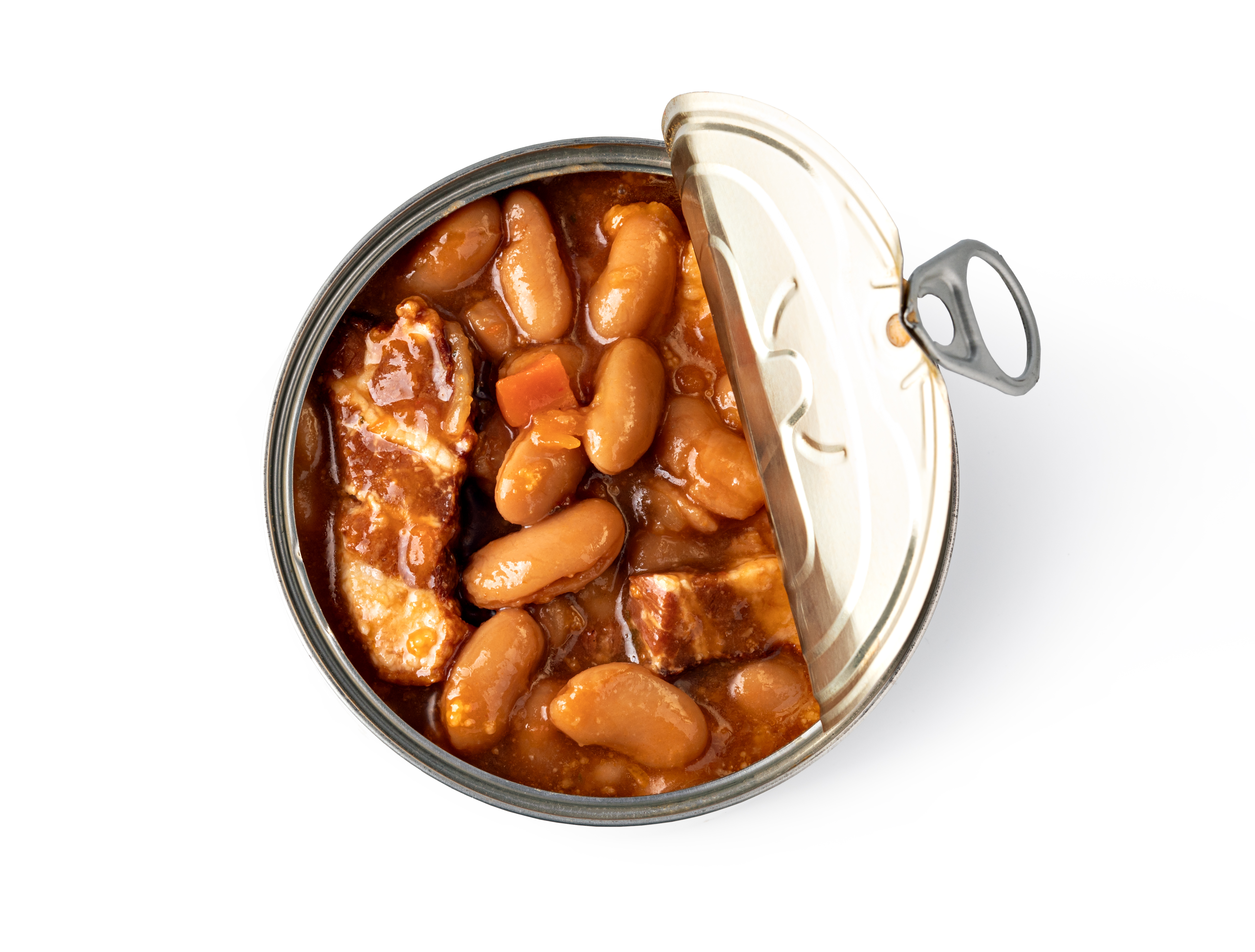
Canned soups often hide a triple threat for reflux sufferers: excessive sodium, acidic tomato bases, and hidden fat. The high salt content can cause fluid retention and bloating, increasing stomach pressure and encouraging acid to escape upward. Meanwhile, many popular varieties are tomato-based or thickened with cream—both known reflux triggers. Even “healthy” or low-calorie options can wreak havoc if they rely on concentrated flavor enhancers. When cravings hit, opt for homemade broth-based soups with gentle ingredients like rice, carrots, and zucchini. Your gut will thank you—and your chest won’t burn halfway through dinner.
20. Dried Fruit: The Portable Problem
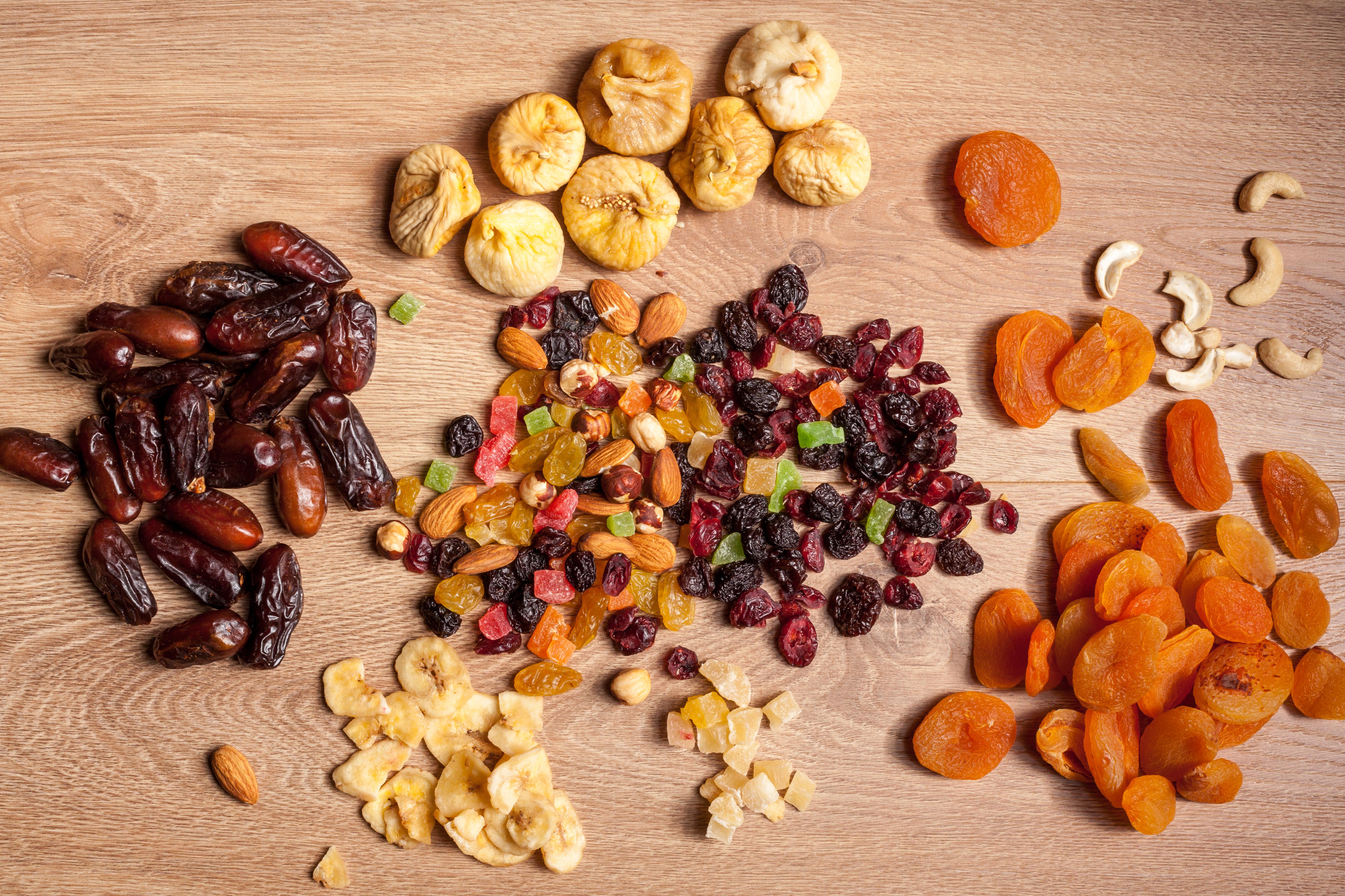
Dried fruits like apricots, raisins, and cranberries seem like a smart snack—portable, fiber-rich, and naturally sweet. But they’re also highly concentrated in sugars and acids, which can ferment in the stomach and contribute to gas, bloating, and reflux. Many are also treated with sulfites or preservatives that can irritate a sensitive gut. What’s worse: they’re often eaten in handfuls, making it easy to overdo. If dried fruit is a regular part of your trail mix or oatmeal routine, consider switching to small portions of fresh fruit with lower acidity—like melon or pear—for a more reflux-friendly choice.
21. Ketchup: The Condiment with a Kick
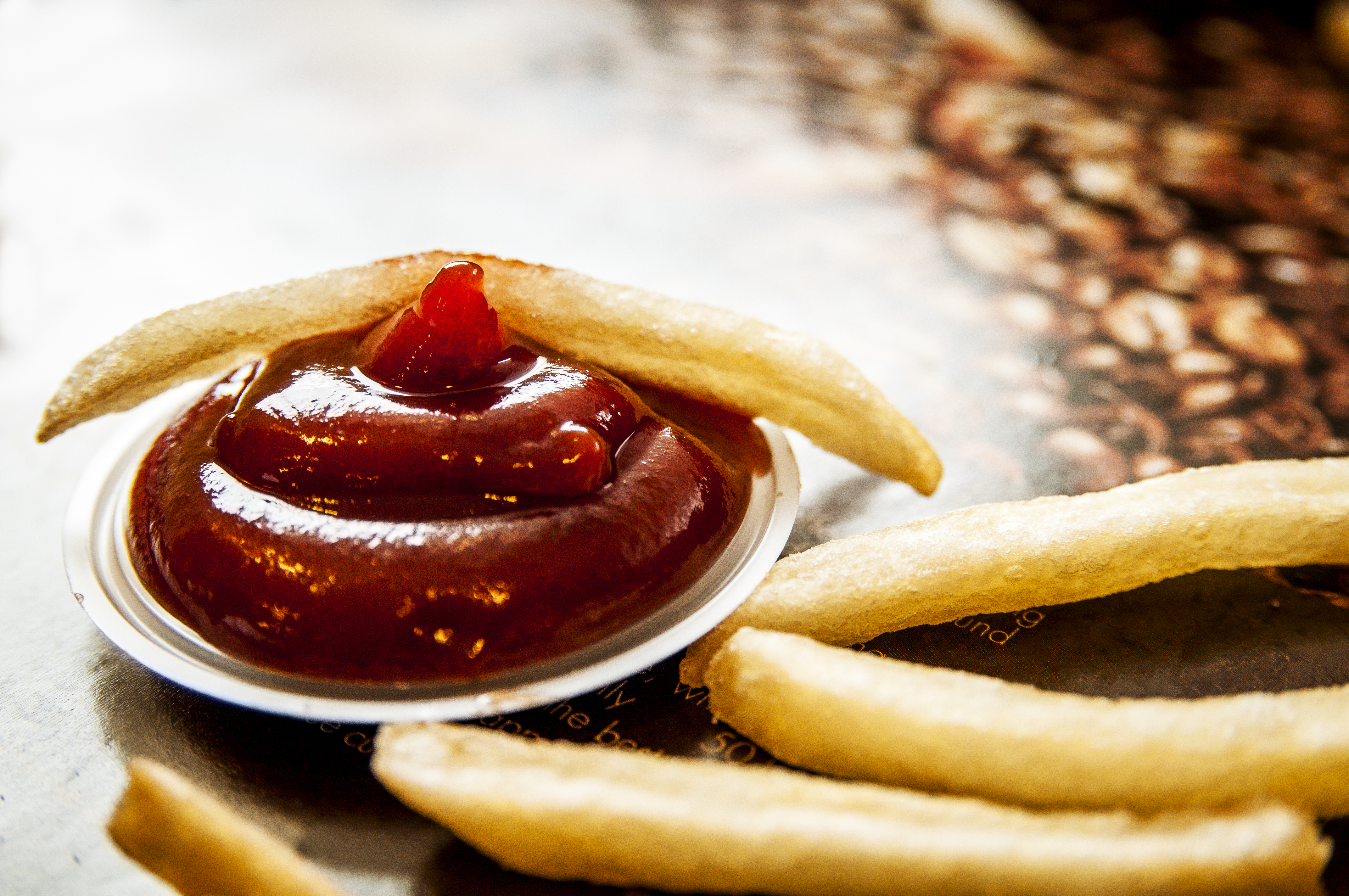
A little ketchup seems harmless, but it’s a reflux landmine disguised in sweetness. This popular condiment combines three major offenders: acidic tomatoes, vinegar, and added sugars—all of which can irritate the esophagus and spike acid production. It’s also easy to overuse, especially on grilled foods, sandwiches, or fries. The sweetness can mask the acidity, tricking you into thinking it’s gentler than it is. If you’re noticing symptoms after cookouts or casual meals, ketchup might be the stealthy trigger. Try mustard-free hummus, avocado mash, or plain Greek yogurt with herbs as safer swaps for your dipping and spreading needs.
22. Ice Cream: The Cold, Creamy Culprit

That late-night bowl of ice cream may be comforting—but it could be the reason you’re reaching for antacids afterward. The high fat content slows digestion, increasing the risk of reflux, while the cold temperature can shock the digestive tract. Flavored varieties with chocolate, mint, or coffee add even more triggering ingredients. Dairy itself can also be a problem for some, particularly those with lactose sensitivity or inflammation-prone guts. If you’re craving a creamy dessert, consider a dairy-free, low-fat frozen banana blend instead—it satisfies the sweet tooth without stirring up reflux chaos while you sleep.
23. Chewing Gum: The Unseen Air Swallower

Chewing gum might seem like a harmless habit, but it can be an unsuspecting trigger for acid reflux. The act of chewing causes you to swallow more air, which can increase the pressure in your stomach. This added pressure can force acid upward into the esophagus, leading to heartburn and discomfort. Additionally, while some gums with bicarbonate may temporarily help, others contain peppermint oil, which, as noted, can relax the lower esophageal sphincter. It's a simple, everyday habit that could be a silent saboteur of your digestive peace.
24. Broccoli and Cruciferous Vegetables: The Gassy Culprits
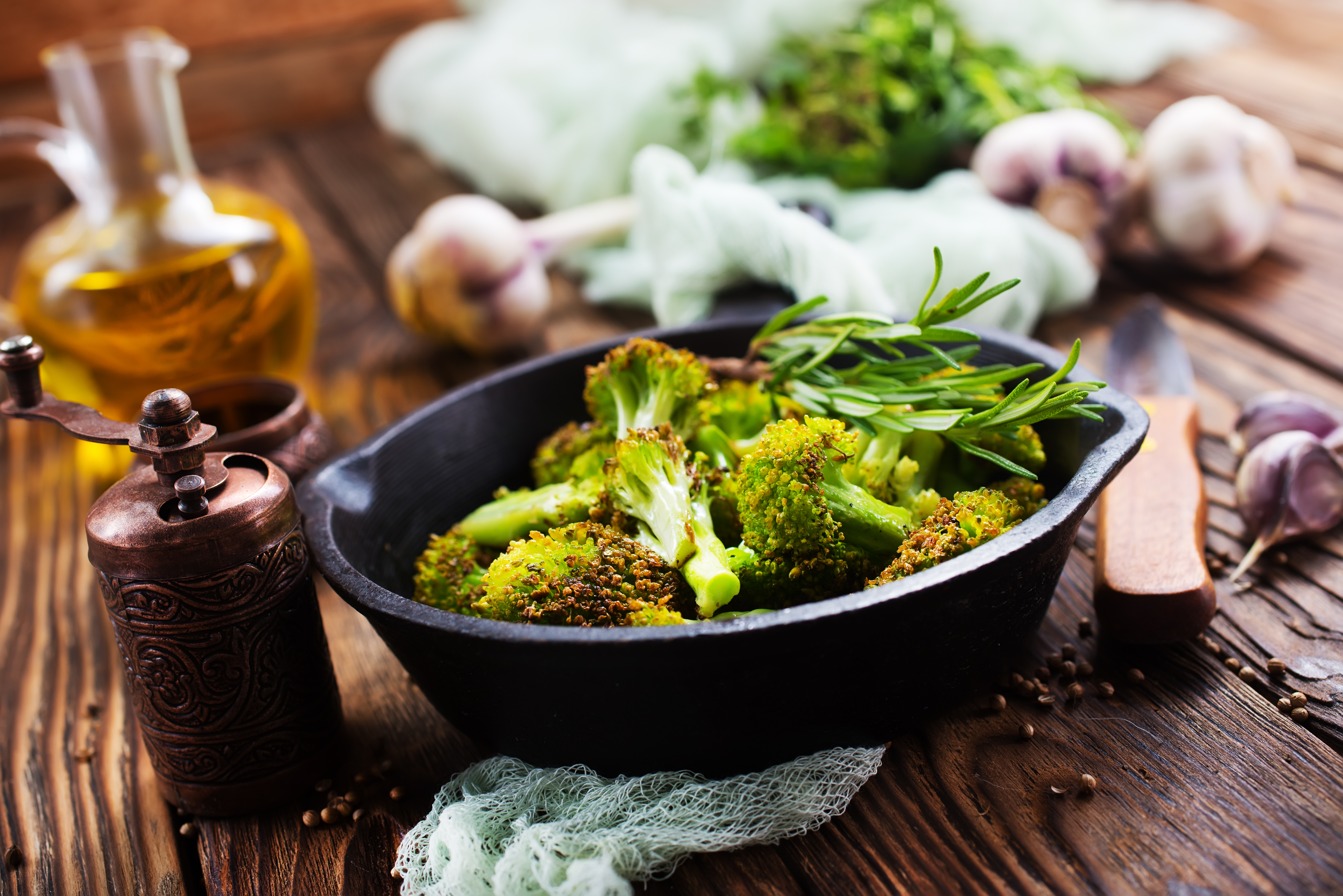
Broccoli, cauliflower, and other cruciferous vegetables are nutritional powerhouses, yet they can be problematic for those with acid reflux. These vegetables contain fermentable carbohydrates that, when digested, produce gas. This gas buildup increases pressure in the stomach, which can easily force acid into the esophagus. While you shouldn’t avoid these healthy foods entirely, individuals prone to reflux might benefit from eating them in moderation, especially in the evening, or cooking them thoroughly to reduce their gas-producing effects.
25. Avocado: The Healthy Fat That Slows Digestion
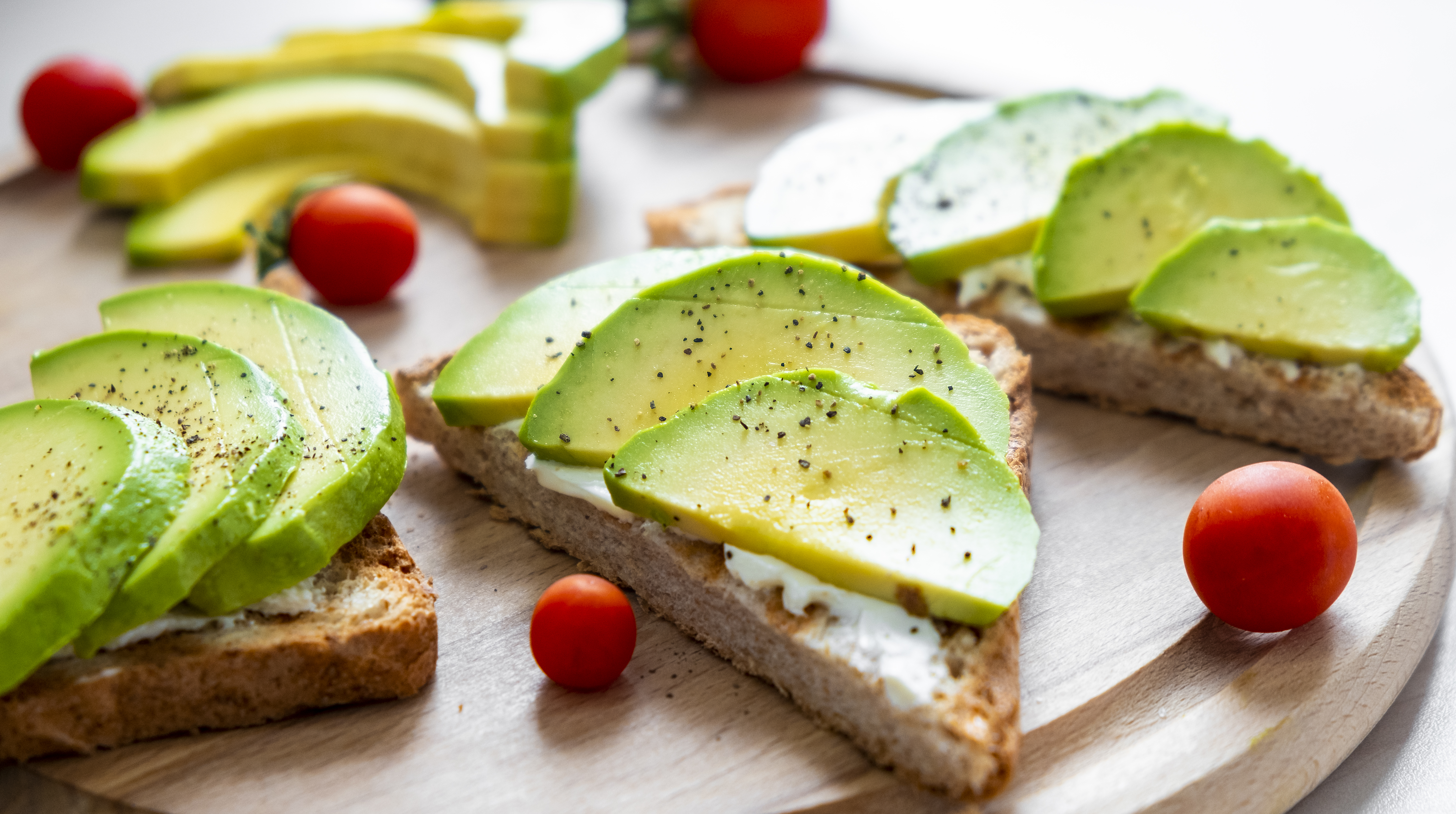
Avocado toast is a modern health staple, but for some, the high-fat content of avocados can trigger acid reflux. While these are healthy, monounsaturated fats, fat in general slows down the digestive process. This means food remains in the stomach for longer, increasing the likelihood that acid will be pushed up into the esophagus. If you're noticing symptoms after your daily avocado toast, try eating a smaller portion or pairing it with a less acidic fruit like a banana to help your stomach process the fat more easily.
26. Whole Grains: The Fiber-Filled Dilemma

While whole grains are essential for a healthy diet, their high fiber content can be a double-edged sword for reflux sufferers. For some, a rapid increase in high-fiber foods can cause gas and bloating as the gut bacteria work to break them down. This gas buildup increases pressure on the stomach and can lead to acid reflux. If you are prone to reflux, try to introduce whole grains like brown rice and oats gradually into your diet to give your system time to adjust, which can help prevent discomfort.
27. Raw Apples: The Unexpected Acidic Snack
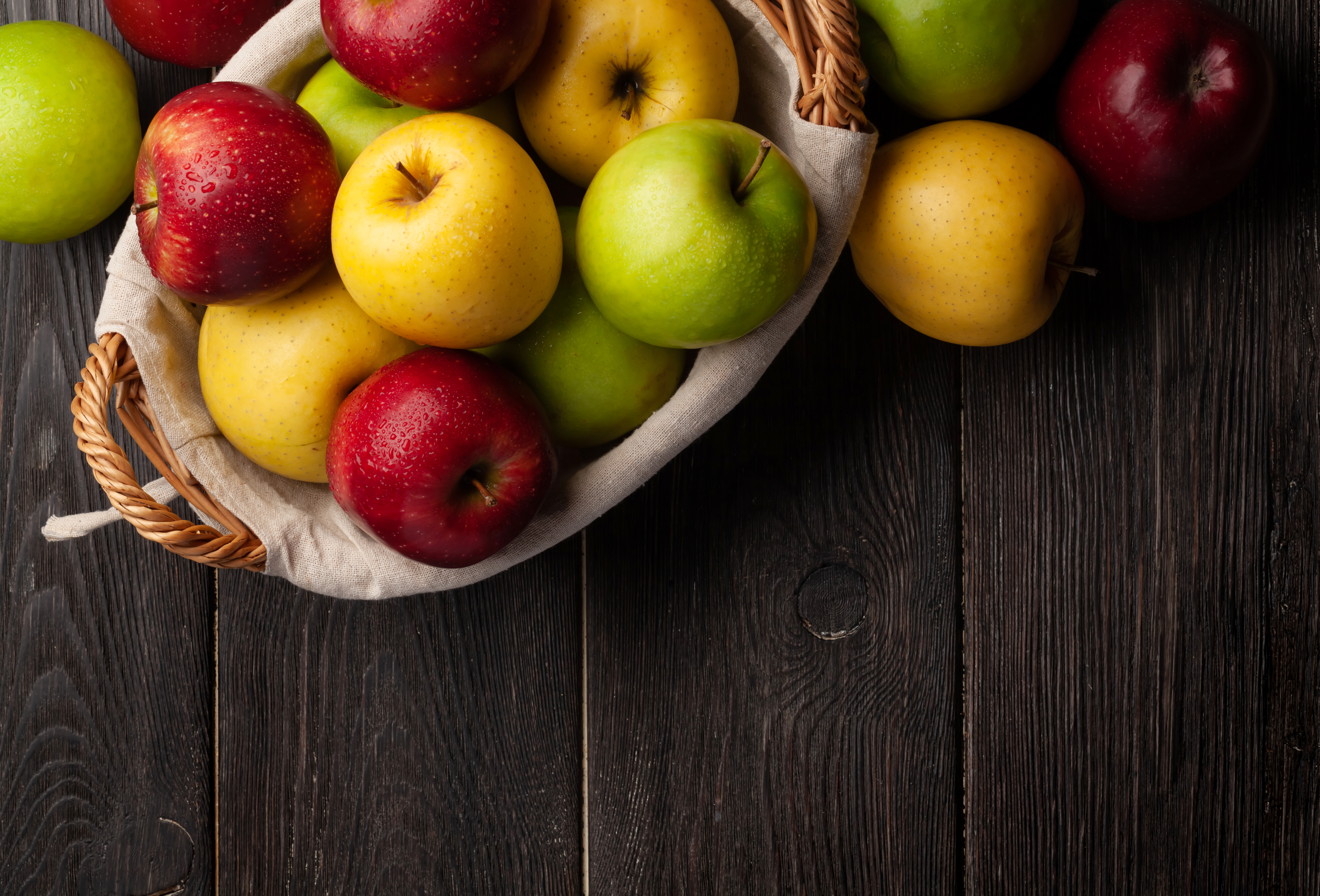
Apples are a go-to healthy snack, but some varieties—especially tart ones like Granny Smith—can trigger acid reflux. Apples have a pH level that can be acidic enough to irritate a sensitive esophagus. The fiber in apples can also be a cause of gas and bloating for some individuals, which further exacerbates the problem. For a reflux-friendly snack, try eating a sweeter apple variety, like a Fuji or Gala, or consider a baked apple, which is less acidic and easier for your stomach to digest.
28. Black Tea: The Caffeine and Tannin Tangle

While coffee is a well-known trigger, its cousin black tea can also cause issues for sensitive stomachs. Like coffee, black tea contains caffeine, which relaxes the lower esophageal sphincter, allowing acid to escape. However, it also contains high levels of tannins, which can increase stomach acid production and irritate the digestive lining. Consuming black tea on an empty stomach can heighten these effects. For a reflux-friendly sip, try a low-caffeine herbal tea like chamomile or ginger, or if you prefer black tea, brew it for a shorter time to reduce the tannin content and always drink it with a meal.
29. Pistachios: The High-Fat, Acid-Spiking Nut
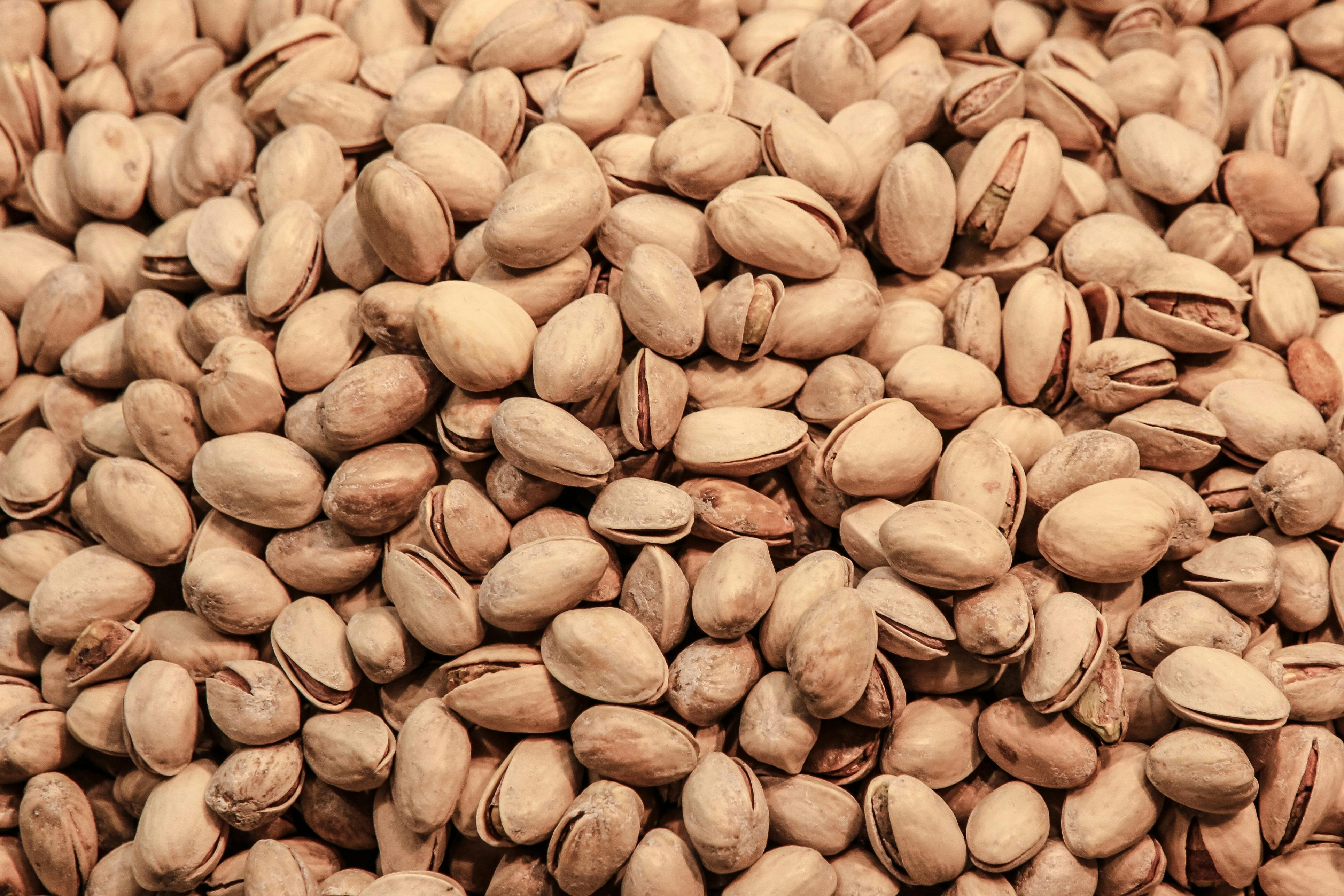
Pistachios are a heart-healthy nut packed with monounsaturated fats and protein, but for those prone to acid reflux, their high-fat content can be problematic. All fats slow digestion, causing food to sit in the stomach longer and increasing the chance of acid creeping up. Additionally, pistachios are a common trigger for some, and their natural oils can irritate the esophagus. If you're noticing symptoms after snacking on nuts, try a smaller portion or opt for a lower-fat snack like an apple.
30. Smoothies: The High-Volume, High-Sugar Trap
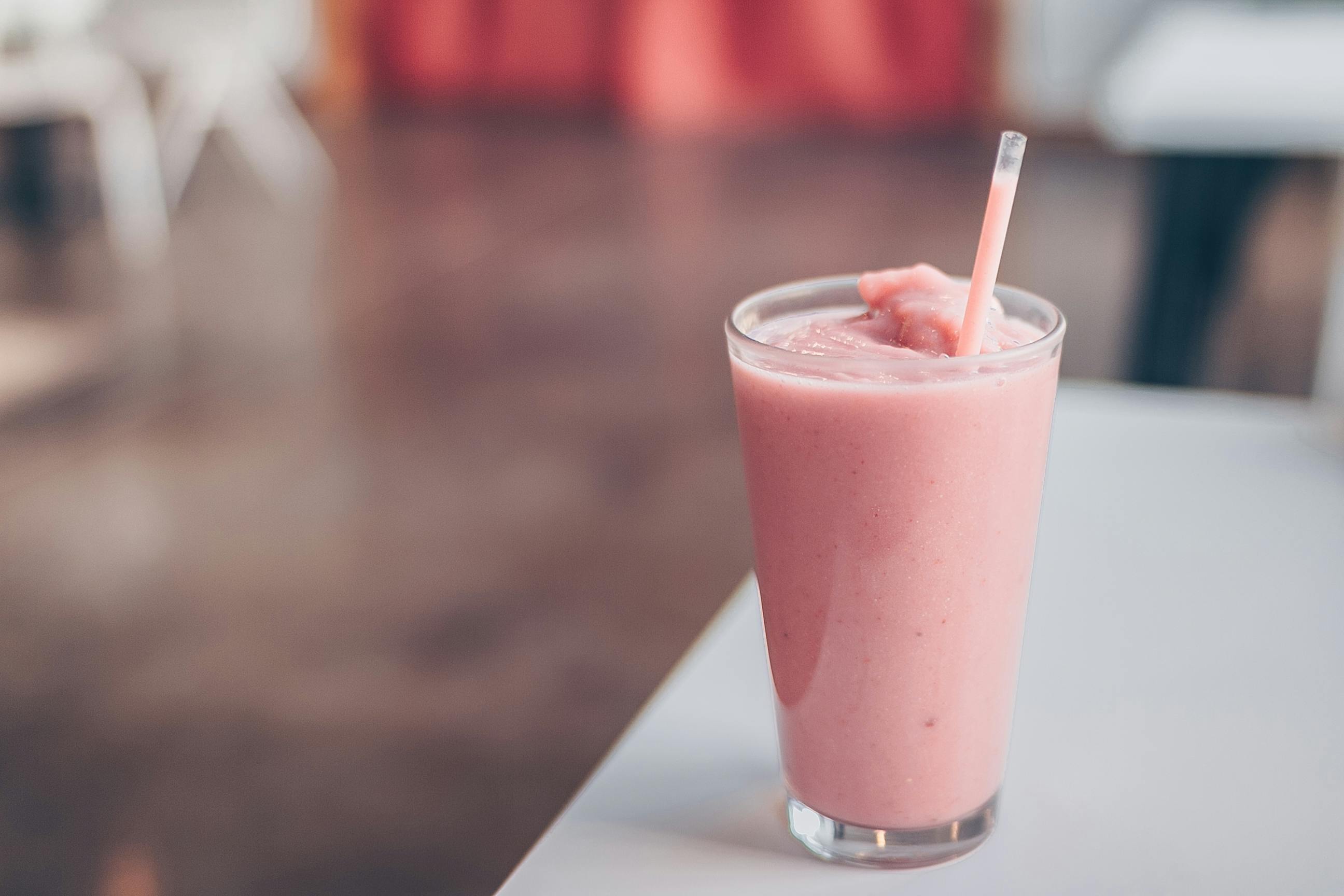
Smoothies are a popular "health food," but they can be a significant trigger for acid reflux. Many store-bought or even homemade smoothies contain a large volume of liquid and a high concentration of high-sugar fruits like bananas and mangoes. This combination can increase pressure in the stomach, while the sugar content can cause a spike in acid production. For a safer, reflux-friendly smoothie, stick to a smaller portion, use a low-acid base like almond milk, and opt for low-sugar fruits like berries and cucumbers.
31. Nutmeg: The Sneaky Spice in Your Baked Goods
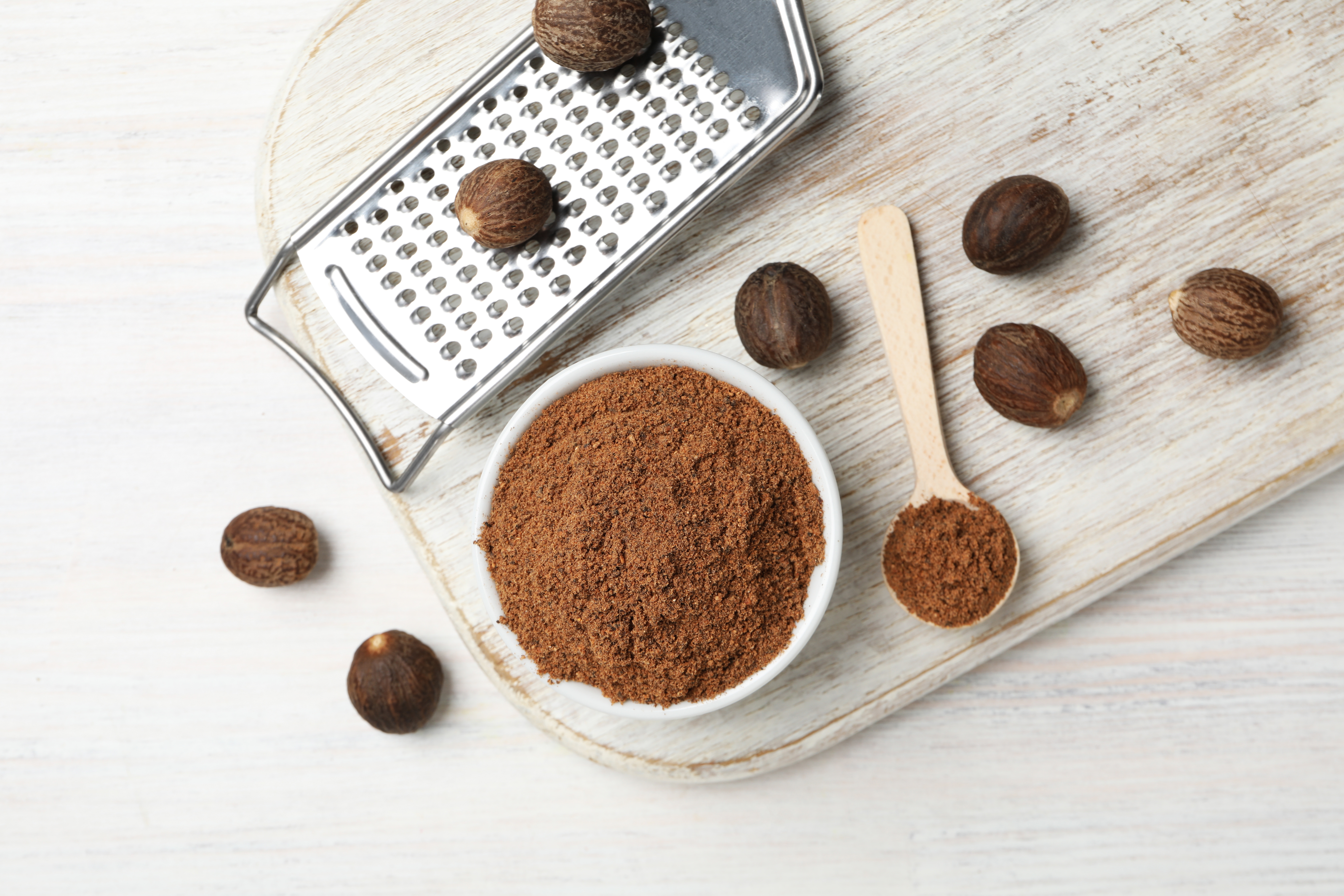
Nutmeg is a warm, aromatic spice that is often used in baked goods and creamy sauces, but for some people, it can be a surprising irritant. Its essential oils can stimulate acid production and relax the lower esophageal sphincter. While it is not a common trigger, it can cause reflux when consumed in large quantities or in combination with other acidic foods. To avoid this, try replacing nutmeg with milder alternatives like cardamom or cinnamon, which have similar warming properties without the acidic backlash.
32. The Temperature of Your Food and Drinks: The Digestive Shock

The temperature of what you consume can be a sneaky trigger for acid reflux. Extremely hot or cold beverages and foods can shock your digestive system and cause the lower esophageal sphincter to relax. This can allow stomach acid to flow back into the esophagus, leading to a burning sensation. It's best to consume food and drinks at a moderate, lukewarm temperature to prevent any sudden shock to your system. This simple habit can make a significant difference in your digestive health and help you avoid acid reflux.
33. Corn: The Unexpected Gassy Grain
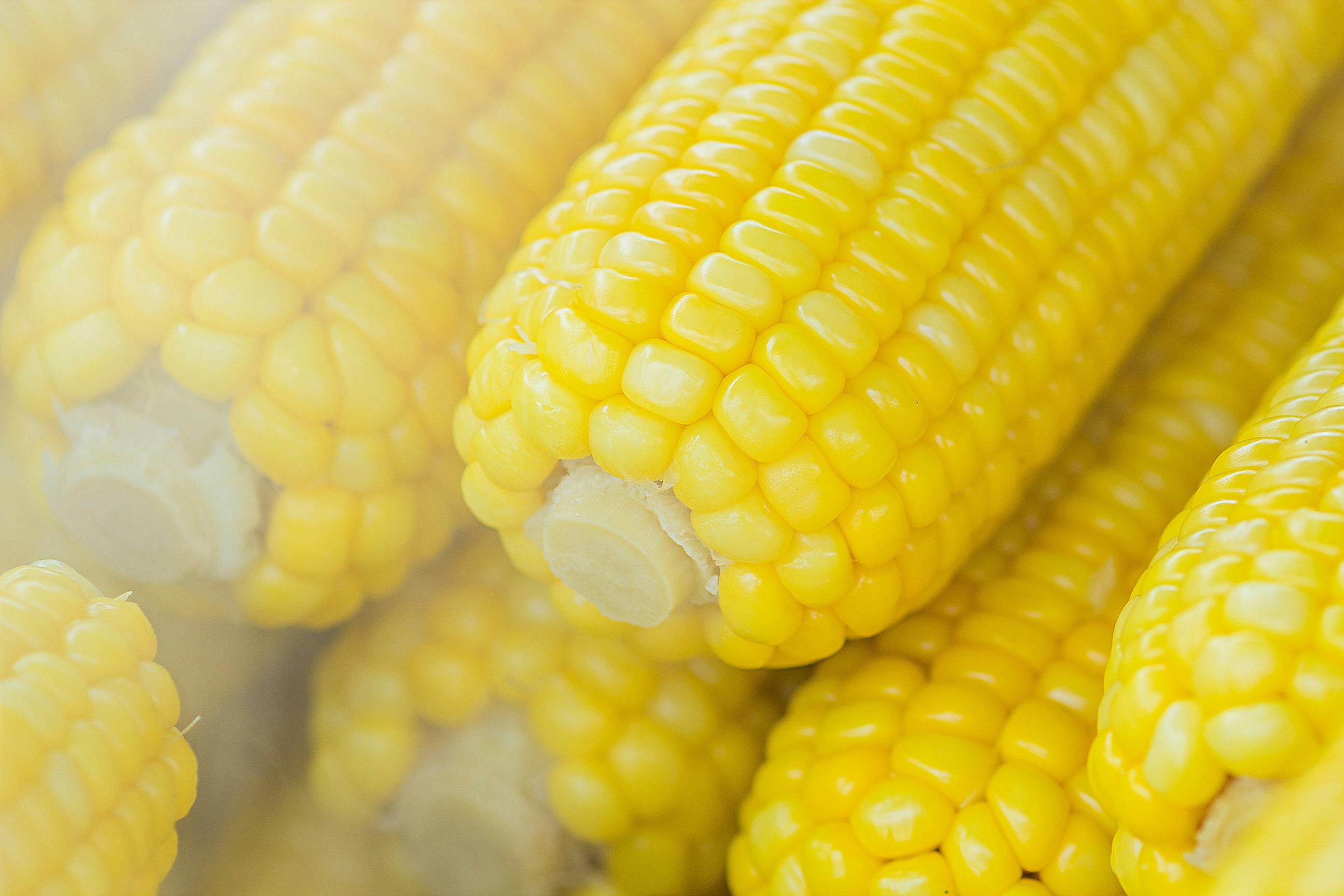
Corn is a surprising culprit for many acid reflux sufferers. While it seems innocuous, it’s a difficult-to-digest grain that can linger in the stomach and small intestine. This can lead to fermentation, producing gas that increases pressure on the stomach and forces acid back into the esophagus. Products like corn tortillas, popcorn, and corn chips are particularly problematic. This isn't about allergy; it's about the way the body processes the corn's tough fiber. If you're struggling with unexplained bloating or heartburn, try a trial period without corn to see if it makes a difference.
34. Protein Shakes: The Liquid Overload
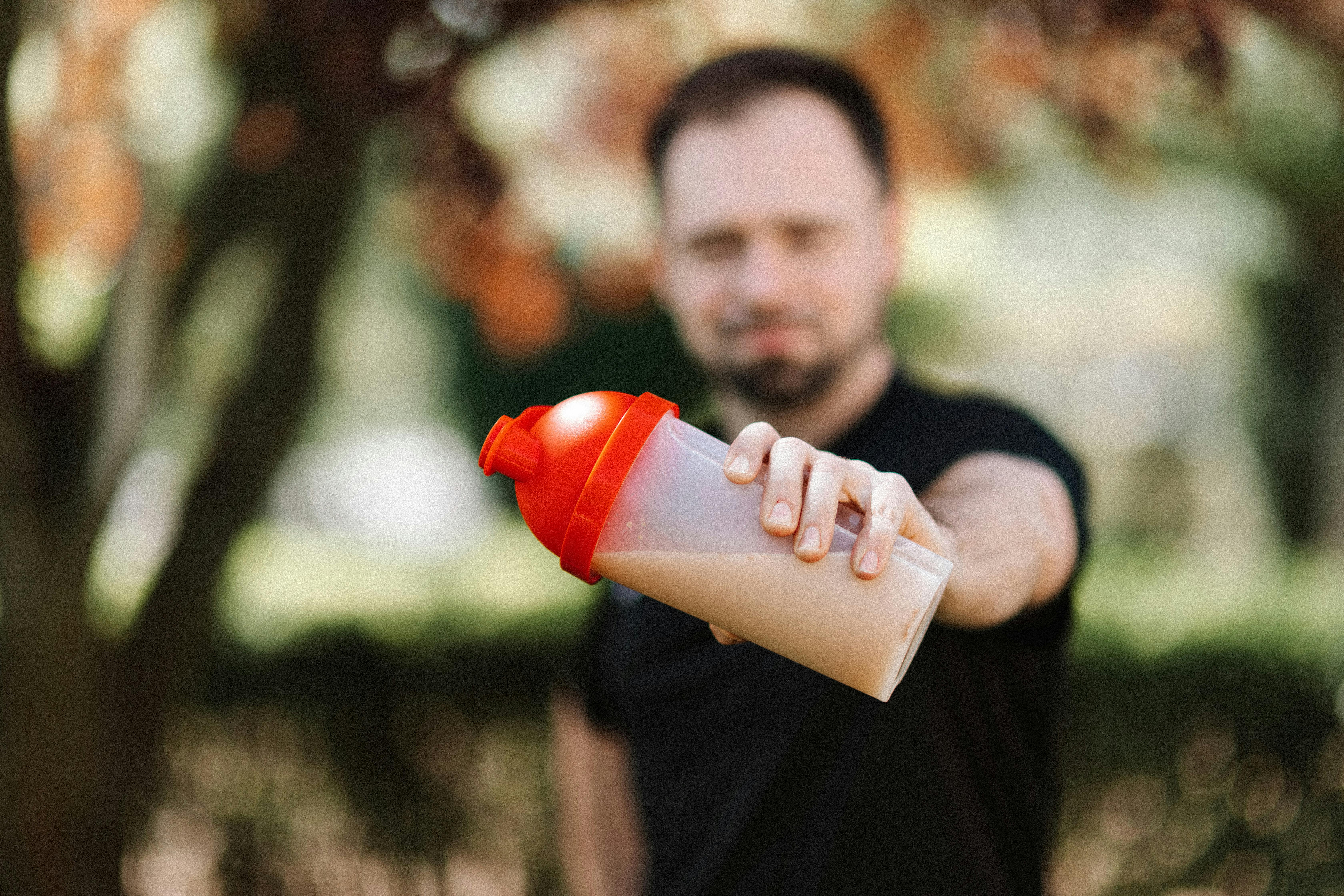
Many people turn to protein shakes as a quick, healthy meal replacement, but for reflux sufferers, they can be a major trigger. The large volume of liquid consumed in a short time can overfill the stomach, increasing pressure on the lower esophageal sphincter. Additionally, many protein powders, especially whey or casein-based varieties, are high in fat and can be difficult to digest, further slowing stomach emptying. This combination is a perfect recipe for reflux. Try smaller, more frequent sips or opt for plant-based powders that are easier on the digestive system.
35. Mayonnaise: The High-Fat Hidden Hazard

Mayonnaise is a high-fat condiment that is a major contributor to acid reflux. Its primary ingredients, oil and egg yolk, are dense in fat, which slows down the digestive process and increases the time food spends in the stomach. This extended digestive window creates more opportunities for acid to reflux. Additionally, many commercial brands contain added sugars and preservatives that can irritate a sensitive gut. Try swapping mayo with avocado mash, hummus, or a low-fat Greek yogurt to keep your sandwiches creamy and your stomach calm.
36. White Wine: The Double-Edged Drink

While red wine gets a bad reputation, many people don't realize that white wine can be just as problematic. Its higher acidity can directly irritate the esophageal lining, and even though it contains less alcohol than red wine, it still has enough to relax the lower esophageal sphincter. What's more, white wine's crisp, light profile can lead to over-consumption, exacerbating the problem. If you enjoy a glass of wine with your meal, consider a low-acid, low-alcohol red wine, or stick to a small portion to avoid discomfort.
37. Tea Tree Oil and Mouthwash: The Unseen Irritants

This trigger goes beyond food and drink. Tea tree oil, found in many natural toothpastes, and some mouthwashes, can cause a burning sensation in the throat. While the user might think it's just a flavor, it's actually an irritant that can trigger an acid reflux response. The esophageal lining is very sensitive, and any irritation can cause it to react. If you're experiencing unexplained heartburn, check the ingredients of your oral hygiene products. Switching to a simple, mint-free toothpaste and a non-alcoholic mouthwash might be the solution.
38. Processed Meats: The Preservative Problem

Processed meats like bacon, sausage, and deli slices are a special class of offenders. It's not just their high fat content that's the issue; it's the combination of added salts, nitrites, and other preservatives. These chemicals can irritate the esophageal lining, and the high sodium content can cause bloating, putting pressure on the stomach and forcing acid upward. These ingredients can also slow digestion, keeping food in the stomach longer. Swapping processed meats for lean, fresh protein like grilled chicken or turkey can make a huge difference in your symptoms.
39. Raw Vegetables: The Fiber Overload
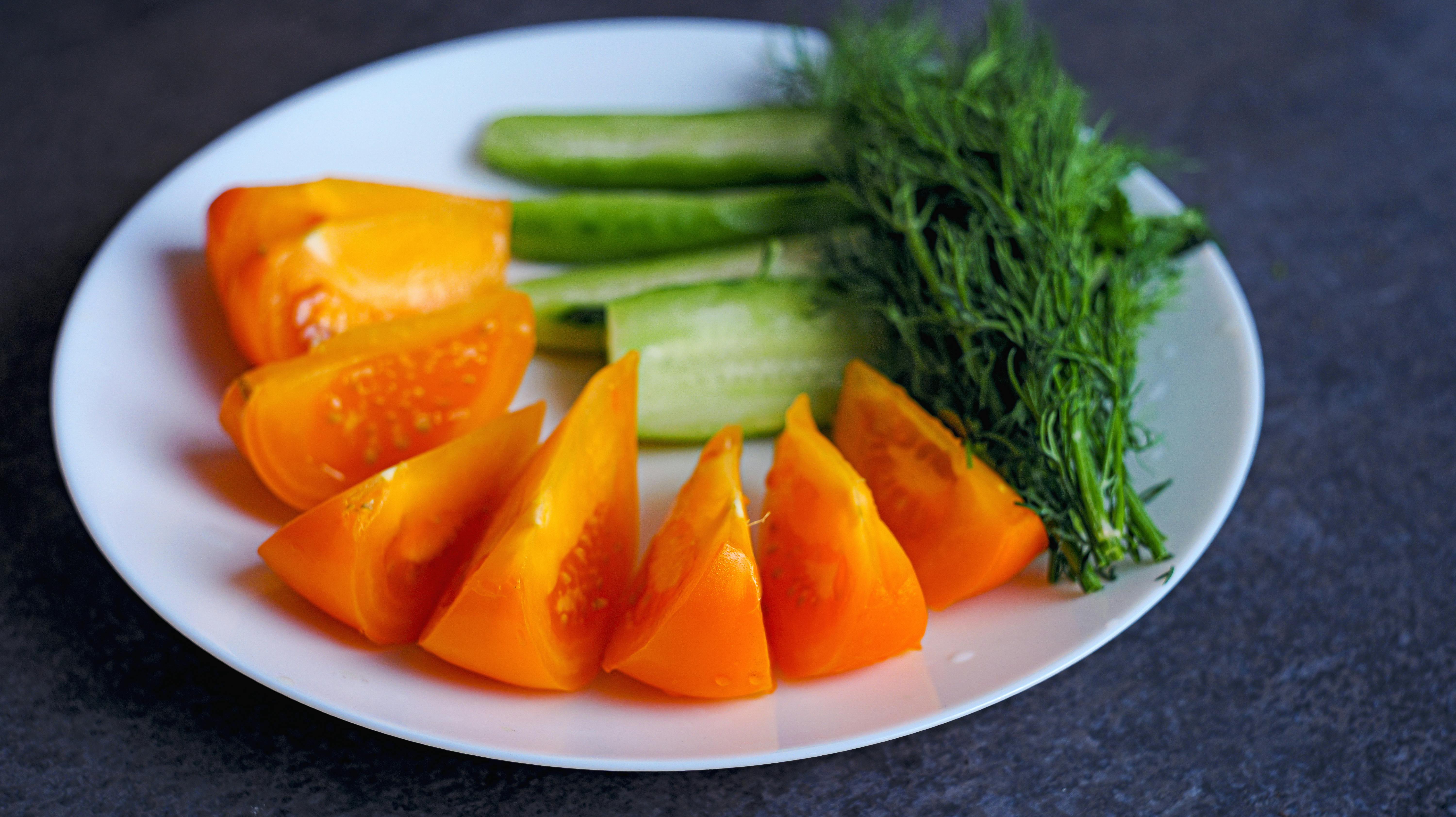
Raw vegetables as a group are often a silent trigger. While fiber is crucial for digestion, a large intake of raw, crunchy vegetables like carrots, celery, or bell peppers can be difficult for a sensitive stomach to break down. The stomach has to work harder and produce more acid to digest this tough fiber. This can lead to increased stomach pressure and acid reflux. Consider steaming or roasting your vegetables to soften their fibers, making them easier on your digestive system.
40. Salad Dressings (Creamy): The Hidden Fat and Sugar
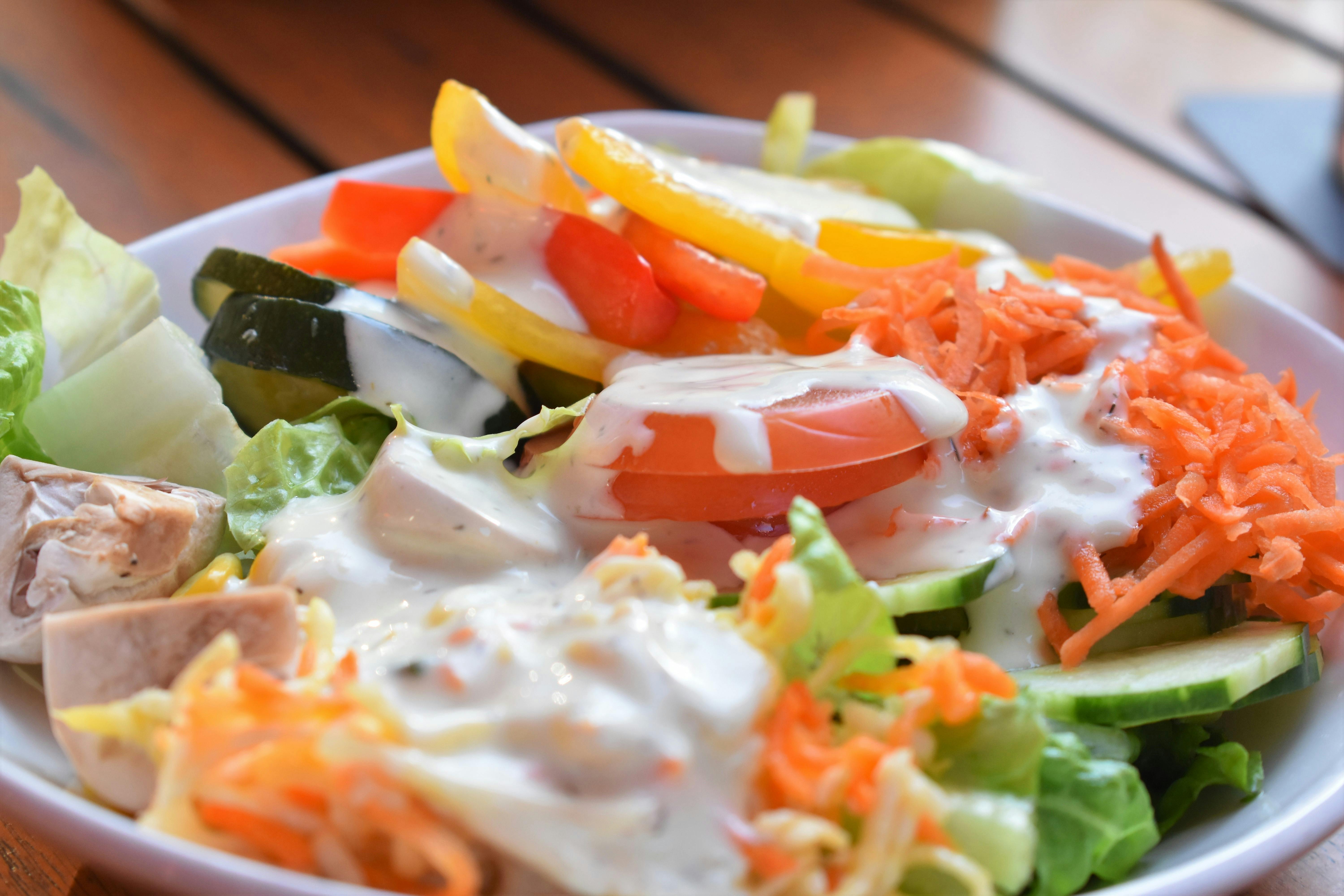
Vinegar-based dressings are on your list, but creamy dressings, like ranch or blue cheese, are often a more significant trigger. These dressings are a double whammy: they're packed with high-fat ingredients that slow digestion, and they often contain hidden sugars and preservatives that can irritate a sensitive stomach. This combination creates a perfect storm for acid reflux. If you love a creamy texture, try using a blend of mashed avocado and lemon juice or a small dollop of plain Greek yogurt to keep your salad flavorful and reflux-free.
41. Iced Tea: The Hidden Culprit

Many people turn to it as a "healthier" alternative to soda, but it has two key problems. First, like its hot counterpart, it's packed with caffeine and tannins that can increase stomach acid. Second, and often overlooked, is the temperature. Extremely cold beverages can shock the digestive system, causing the lower esophageal sphincter to relax and allow acid to escape. Opt for lukewarm herbal teas or simple, room-temperature water infused with cucumber or melon instead.
42. Chewing Gum: The Air Swallower

It seems completely harmless, but the act of chewing gum can be a surprising trigger for acid reflux. When you chew, you inevitably swallow small pockets of air. This air can build up in your stomach, creating pressure that pushes stomach acid upward into your esophagus. The simple, repetitive motion of chewing can also stimulate acid production, so even a sugar-free, mint-free gum might cause problems. A great alternative for fresh breath is to simply sip water or chew on a piece of fresh ginger root.
43. Dried Spices and Spice Blends: The Aromatic Irritants
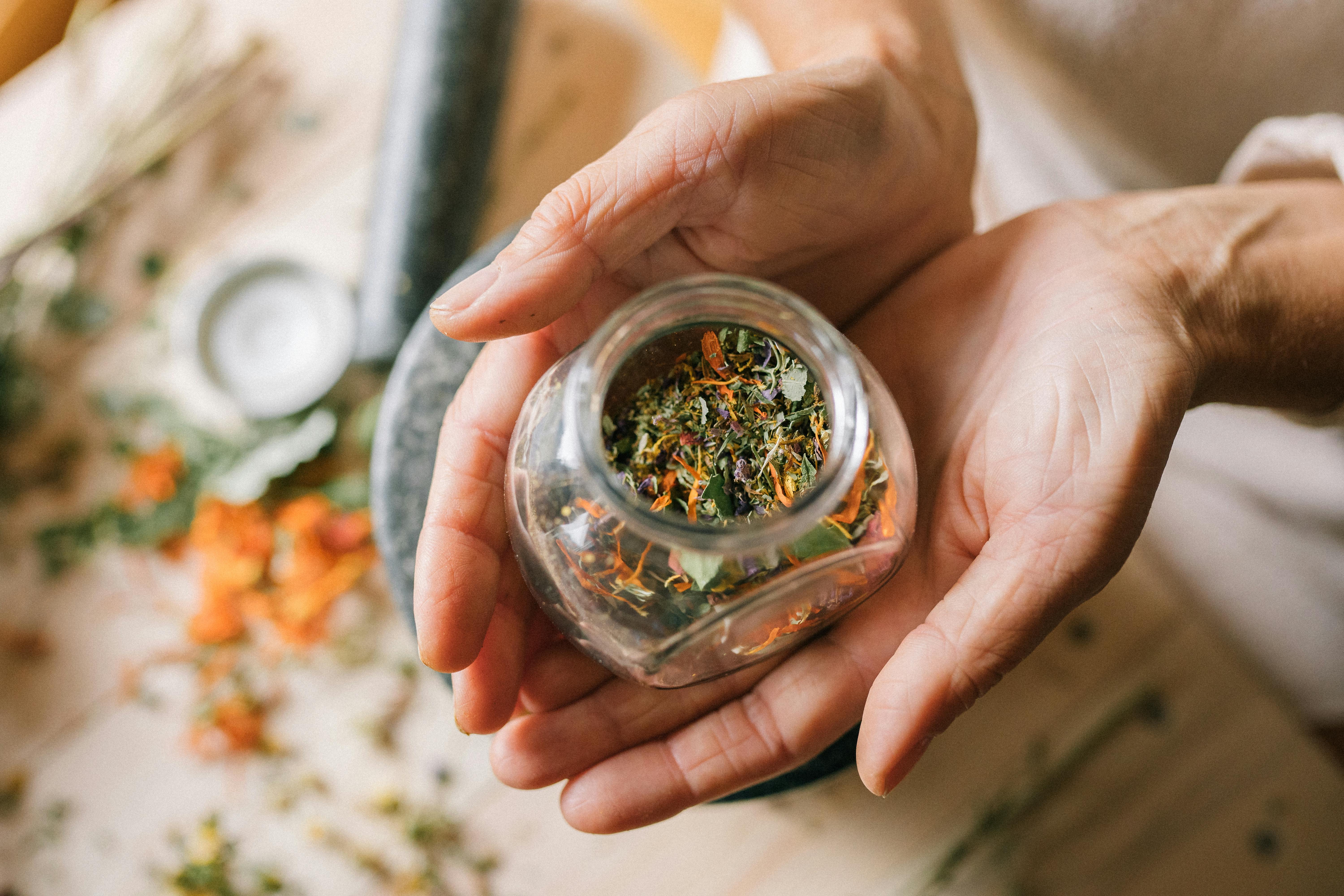
Dried spices and complex spice blends, while essential to flavor, can be a hidden source of acid reflux. Beyond the obvious culprits like chili powder, many spice mixes contain a cocktail of irritants like garlic powder, onion powder, and paprika. Even seemingly gentle spices like cumin and coriander can trigger symptoms in sensitive individuals, as their concentrated, volatile oils can irritate the esophageal lining and stimulate acid production. Instead of relying on pre-made blends, try using fresh, milder herbs like basil, oregano, or rosemary, which can provide a similar flavor profile without the inflammatory impact.
44. Carbonated Water (Seltzer): The Bubble of Discomfort
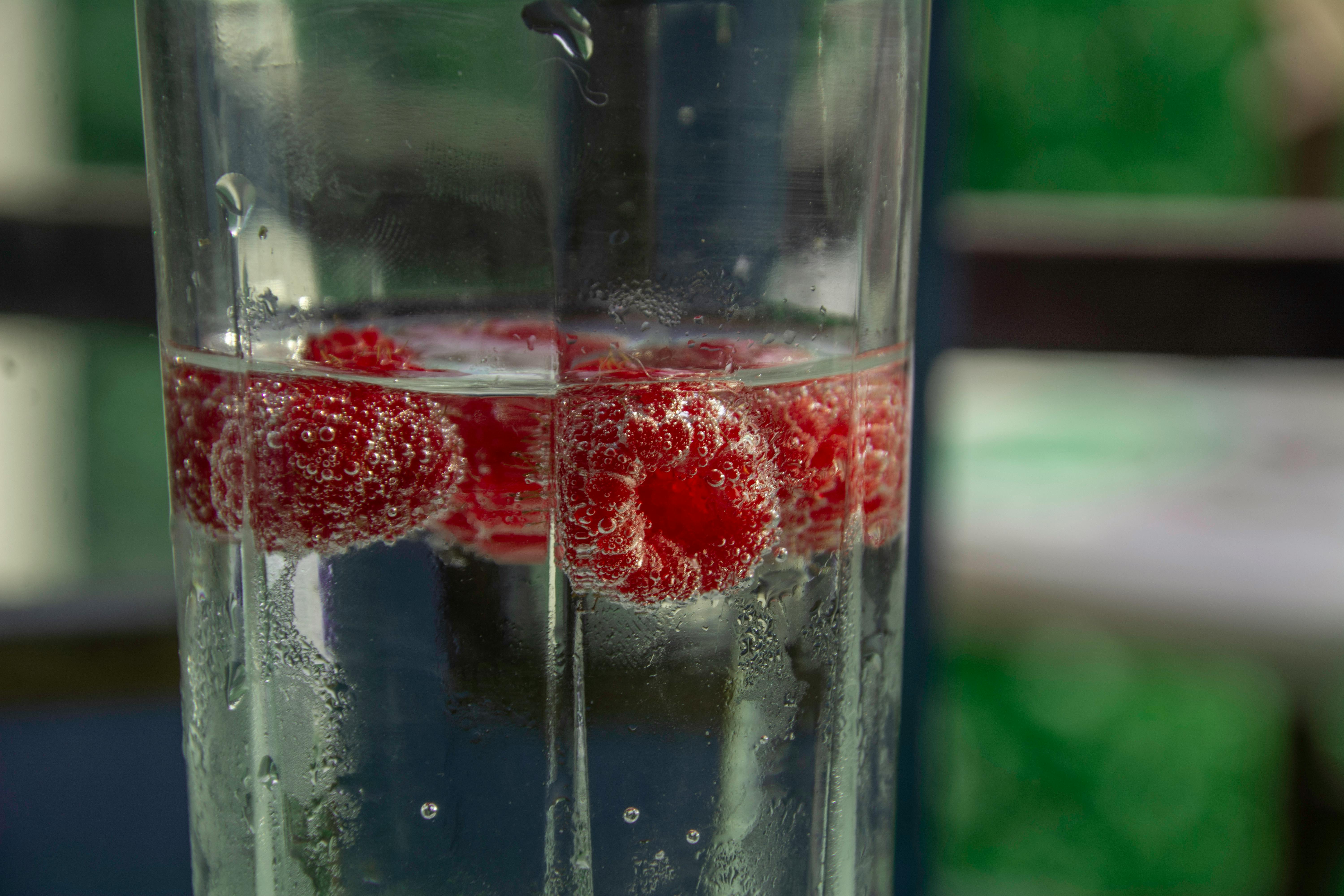
Many health-conscious individuals swap sugary sodas for seltzer or sparkling water, believing it to be a harmless alternative. However, the carbonation in these drinks can be a significant trigger for acid reflux. The bubbles of carbon dioxide gas fill the stomach, causing it to expand. This increased pressure puts a strain on the lower esophageal sphincter, making it easier for stomach acid to flow back up into the esophagus. For a hydrating and gut-friendly option, opt for still water infused with low-acid fruits like cucumber or melon.
45. Granola and Cereal: The Fiber and Sugar Trap
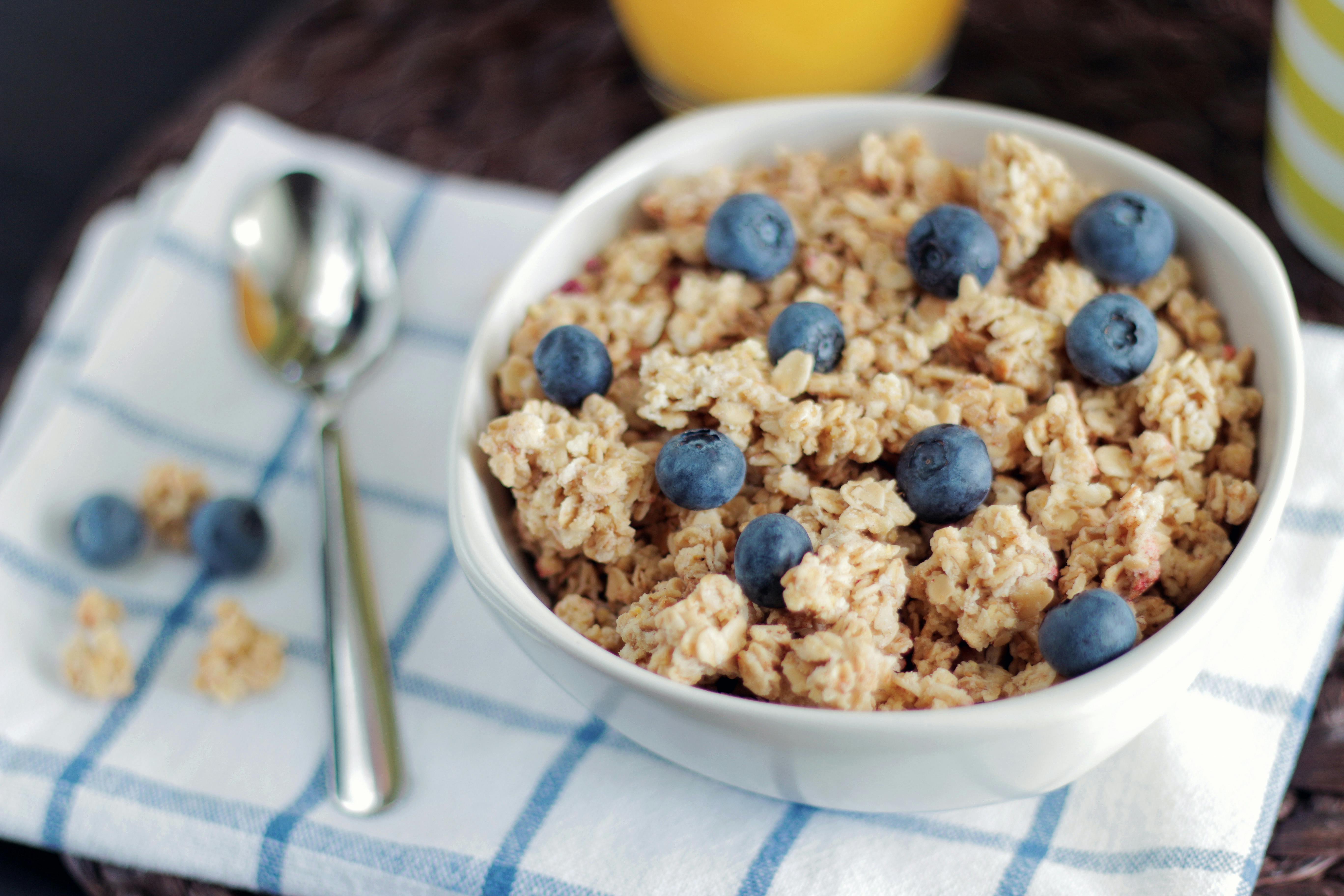
Granola and many breakfast cereals are often perceived as healthy, but they can be a one-two punch for acid reflux. Many varieties are high in sugar, which can increase stomach acid production. The dense, insoluble fiber in some grains and nuts can be difficult to digest, causing gas and bloating that puts pressure on the stomach. The combination of high sugar content and difficult-to-digest fibers creates an environment ripe for discomfort. A better breakfast choice might be oatmeal made with water and a few slices of banana or pear.
46. Hummus: The Legume and Oil Culprit
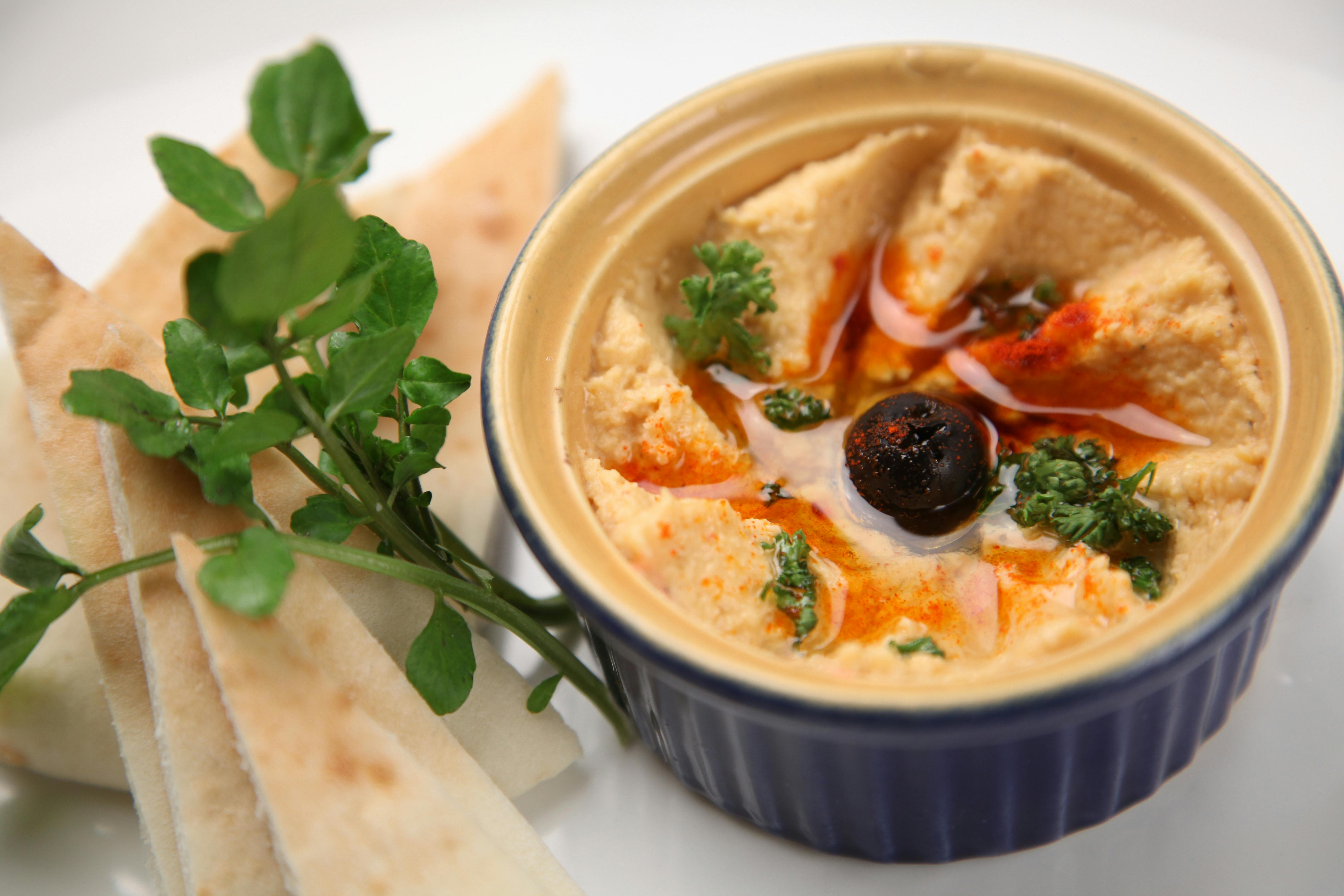
Hummus, a popular and seemingly healthy dip, can be a sneaky trigger. The main ingredient, chickpeas, are a type of legume that is high in fermentable carbohydrates. These can cause gas and bloating as they break down, increasing pressure in the stomach. Additionally, many store-bought hummus brands are made with high amounts of oil and sometimes lemon juice, both of which are known to exacerbate reflux symptoms. For a gentler, more soothing dip, try a roasted carrot or sweet potato purée.
47. Coffee Alternatives: The Hidden Acidity

Many people switch from coffee to alternatives like chicory root coffee or even acidic mushroom blends. While they may be caffeine-free, these substitutes can still be highly acidic and contain compounds that irritate the stomach. For example, some mushroom coffee blends can be quite acidic, and chicory root can cause gas and bloating. It’s a good reminder that just because a food is a “healthy” substitute doesn’t mean it’s good for your gut. To get your morning ritual without the burn, consider a gentler, naturally non-acidic tea like ginger or chamomile.
48. The Post-Exercise Water Chug (Volume and Temperature Shock)

It's a common post-workout habit: rapidly chugging a large volume of cold water or a sports drink to rehydrate. This sudden influx of cold liquid into a hot, active stomach is a powerful mechanical and thermal trigger. The large volume overfills the stomach, increasing internal pressure, while the cold temperature can cause a spasmodic relaxation of the lower esophageal sphincter (LES). This double whammy instantly pushes acid back into the esophagus. Instead, sip lukewarm water slowly and steadily throughout your cool-down period to rehydrate gently.
49. Reheated Leftovers (Histamine and Amine Buildup)

The convenience of reheated leftovers can be a powerful, hidden trigger, especially with foods like fish, meats, or high-protein meals. As food sits and cools, and then is reheated—even when properly refrigerated—naturally occurring bacteria begin to convert amino acids into histamines and other biogenic amines. These compounds, particularly histamine, can directly stimulate stomach acid production and intensify an existing reflux condition by irritating the gut lining. This is why a previously tolerated meal might suddenly cause severe heartburn when eaten as a leftover. To mitigate this effect, prioritize freezing leftovers immediately after cooking, or, if refrigerating, consume them within 24 hours.
50. Fast-Dissolving Vitamin C Tablets (The Bubbly Acid Spike)

Many health-conscious individuals drop a high-dose, fast-dissolving (effervescent) Vitamin C tablet into water for a quick "immune boost." This habit is a concentrated triple-threat for a reflux-prone stomach. First, the core ingredient is typically ascorbic acid, a pure, highly potent form of acid that directly irritates the sensitive esophageal lining. Second, the effervescence—the fizzy bubbles—is created by a reaction (usually with bicarbonate) that releases carbon dioxide gas. This instant gas buildup dramatically increases pressure inside the stomach, violently forcing the acidic contents upward. Third, these tablets are often consumed on an empty stomach in the morning, maximizing the direct contact and severity of the acid spike. For a safer Vitamin C intake, switch to a low-dose, buffered tablet consumed with a meal.
51. Black Pepper (Piperine's Potent Irritant)
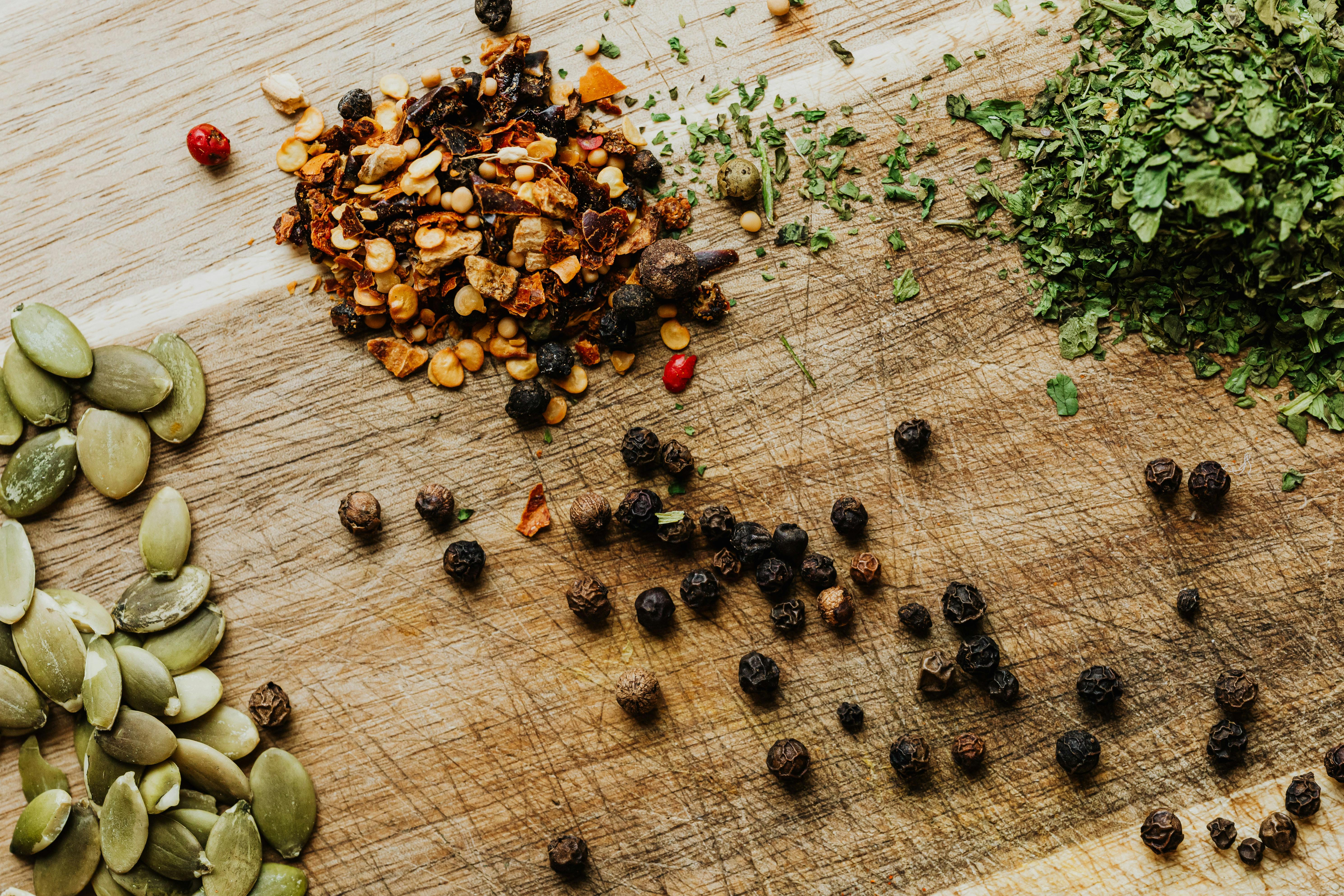
While other spices like cinnamon and chili powder are listed, black pepper is a daily staple that can be a subtle but potent irritant. The active compound, piperine, which gives pepper its heat, can directly stimulate acid secretion in the stomach and irritate the already-sensitive esophageal lining. For many, a small sprinkle is fine, but grinding fresh pepper liberally over acidic foods (like eggs or cheese) can compound the reflux effect. Furthermore, piperine has a strong effect on blood flow and circulation, which can subtly influence the resting tension of the lower esophageal sphincter (LES). For those experiencing nocturnal or chronic reflux, simply reducing or eliminating ground pepper from evening meals can be a powerful, overlooked tweak.
52. Xylitol and Sorbitol (Sugar Alcohols): The Bloating Pressure Cooker

Sugar alcohols like xylitol, sorbitol, and erythritol—common in sugar-free gums, mints, protein bars, and "diabetic" candies—are often touted as healthy sugar substitutes. However, their slow, incomplete absorption in the small intestine makes them highly fermentable. When they reach the large intestine, gut bacteria feast on them, producing a large volume of gas. This rapid gas production causes significant bloating and increased abdominal pressure. This internal pressure physically forces the contents of the stomach (acid included) upward through the relaxed lower esophageal sphincter, making them a major mechanical trigger for reflux, regardless of what other foods were consumed. Eliminating these sugar alcohols is a critical, often-missed step for chronic reflux sufferers.
53. Raw Kiwi Fruit: The Proteolytic Enzyme Sting
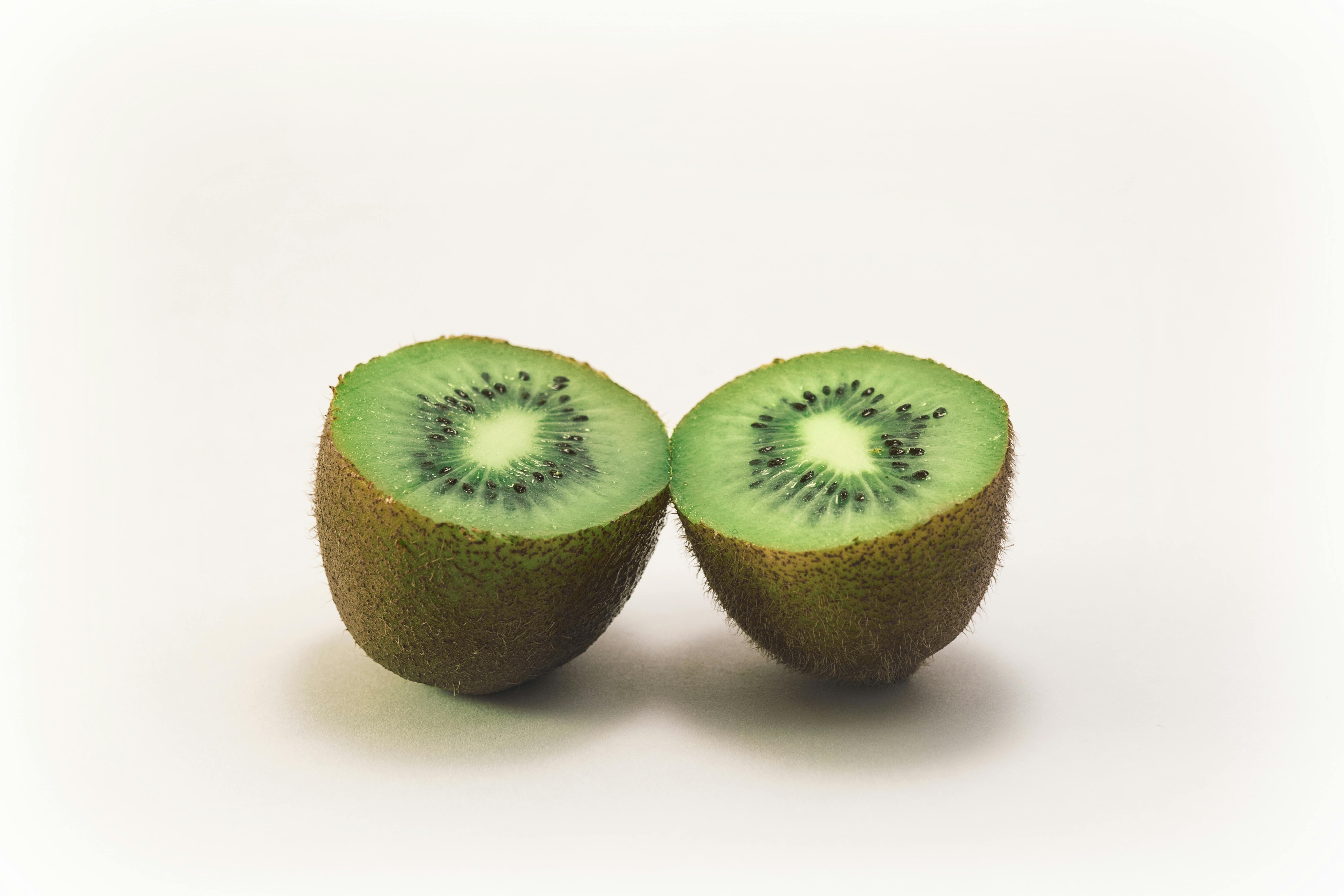
Kiwi fruit can be a surprising trigger because it combines a moderate level of citric acid with a potent enzyme called actinidin. Actinidin is a proteolytic enzyme (it breaks down protein) that, while aiding digestion, can mildly irritate the sensitive protein lining of the esophagus as it travels down. This creates a sensation similar to mild heartburn or a sore throat, even if stomach acid hasn't fully refluxed. When the esophagus is already tender from previous acid exposure, the enzyme exacerbates the discomfort. Eating raw kiwi on an empty stomach maximizes this effect. If you suspect kiwi is a trigger, try opting for cooked fruit instead, as heat deactivates the enzyme.
54. Bone Broth: The High-Glutamate Acid Enhancer

Bone broth is often celebrated as a soothing, gut-healing superfood, but for certain reflux sufferers, it can be a significant, unexpected trigger. The long simmering process extracts high amounts of glutamate, an amino acid that, while beneficial for gut lining repair, can act as a potent gastric acid secretagogue—meaning it directly stimulates the stomach lining to produce more hydrochloric acid (HCl). This sudden spike in acid production, especially when the broth is consumed alone on an empty stomach, can easily overwhelm the lower esophageal sphincter. The intense heat at which broth is often consumed further exacerbates the problem by thermally relaxing the sphincter. If you drink broth, try consuming it lukewarm and as part of a meal, not as a standalone beverage.
55. Post-Meal Exercise and Core-Engaging Movement

You don't have to be a gym fanatic to trigger reflux with movement. Any core-engaging activity immediately following a meal—such as bending over to tie shoes, quickly unloading a dishwasher, lifting a heavy bag, or even lying down on the sofa—increases intra-abdominal pressure. This physical squeezing of the stomach pushes its acidic contents directly against the relaxed lower esophageal sphincter (LES), causing immediate reflux. Avoid all bending and strenuous core movements for at least two to three hours after eating a large meal. If you must move, opt for a gentle, upright walk to aid gravity-assisted digestion instead.
56. Tight Belts, Waistbands, and Form-Fitting Clothing

This trigger is purely mechanical and often overlooked: any clothing that fits tightly around the midsection. Tight belts, high-waisted skinny jeans, control-top hosiery, or restrictive athletic waistbands dramatically increase intra-abdominal pressure . This pressure physically compresses the stomach, acting like a bellows that pushes its acidic contents upward against the Lower Esophageal Sphincter (LES). The effect is immediate reflux, regardless of what you ate. This issue is particularly problematic when sitting for long periods, as slumping further compounds the compression. If you experience reflux, try unbuckling your belt or choosing loose-fitting pants, especially after meals, to allow your stomach room to digest without mechanical strain.
Reflux Relief Starts in Your Kitchen

A few simple swaps, a little label-reading, and a willingness to experiment can dramatically reduce discomfort and help you reclaim comfort at the table. So whether you’re managing GERD or just trying to feel better after meals, remember: the real fix might not be in a prescription bottle—it could be sitting in your pantry. Know your triggers, trust your gut, and eat with confidence.